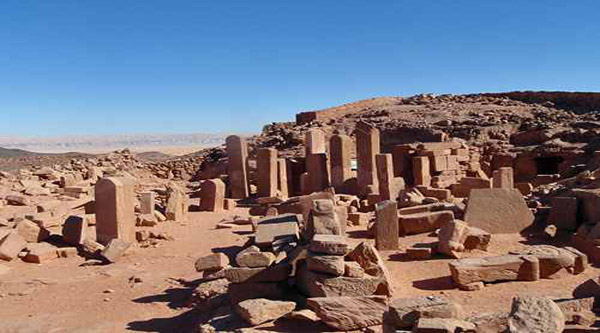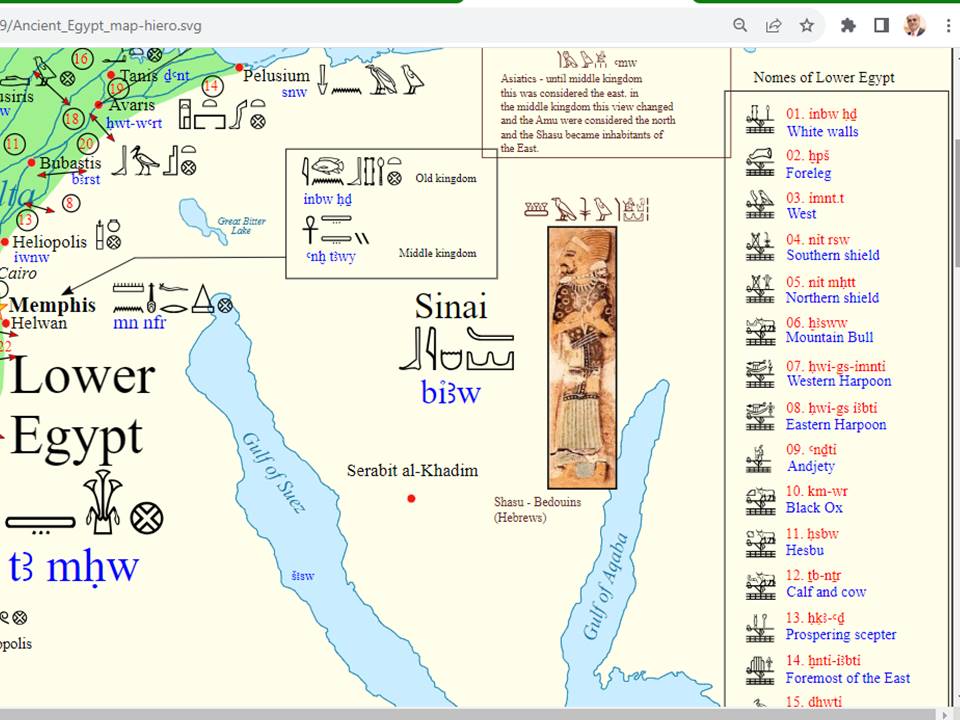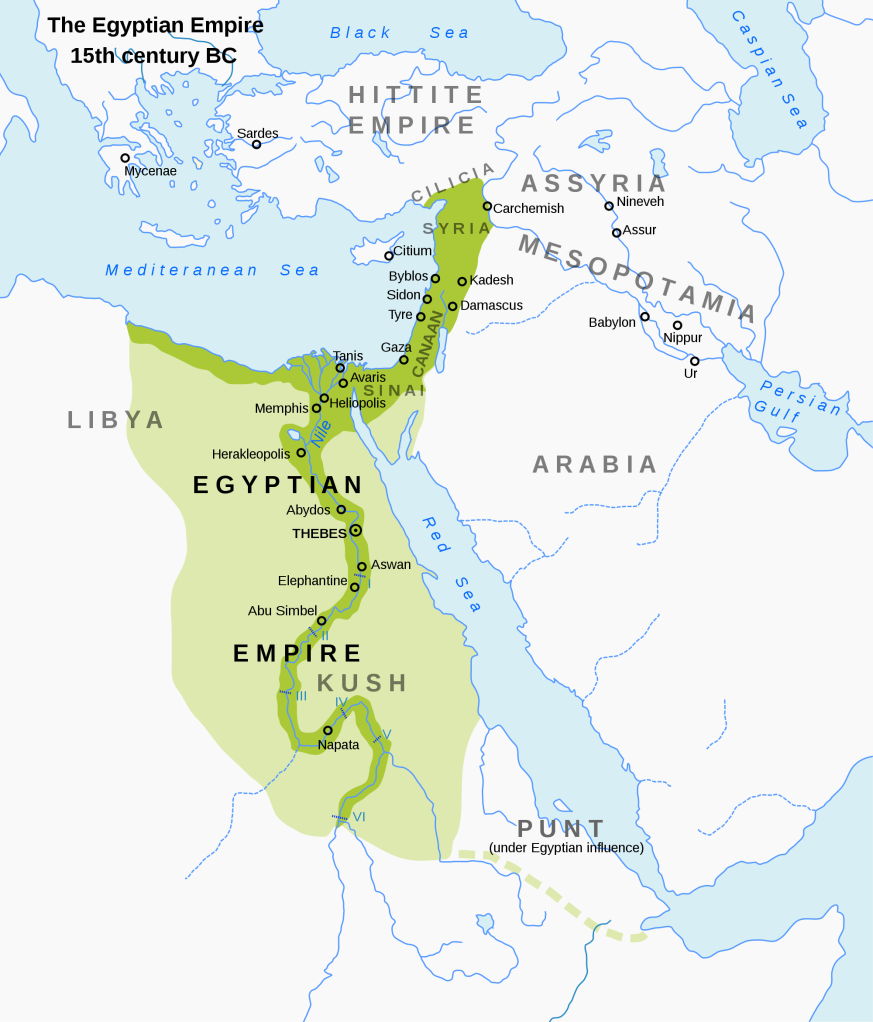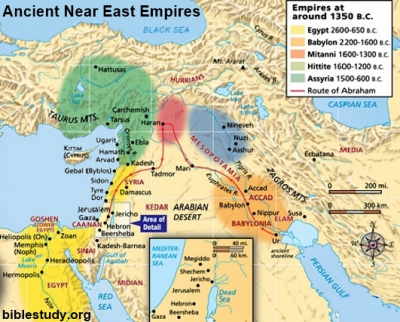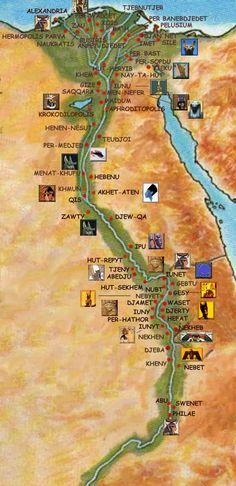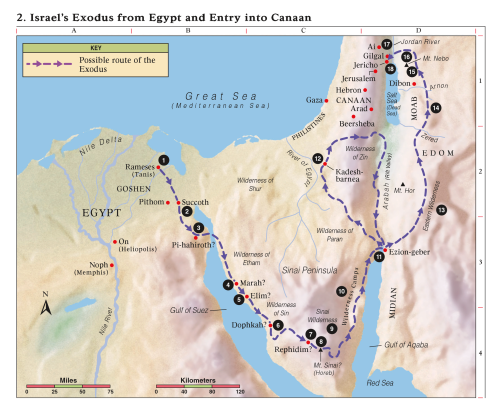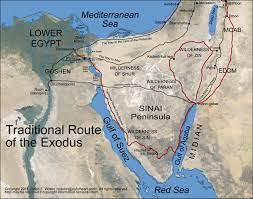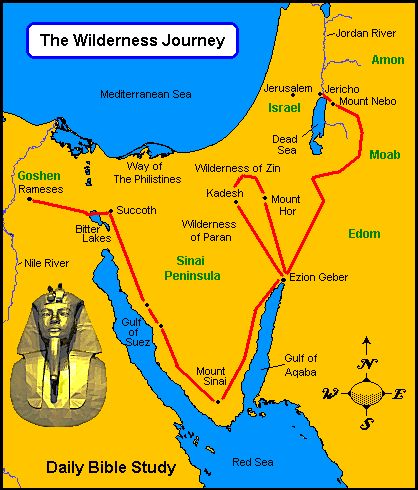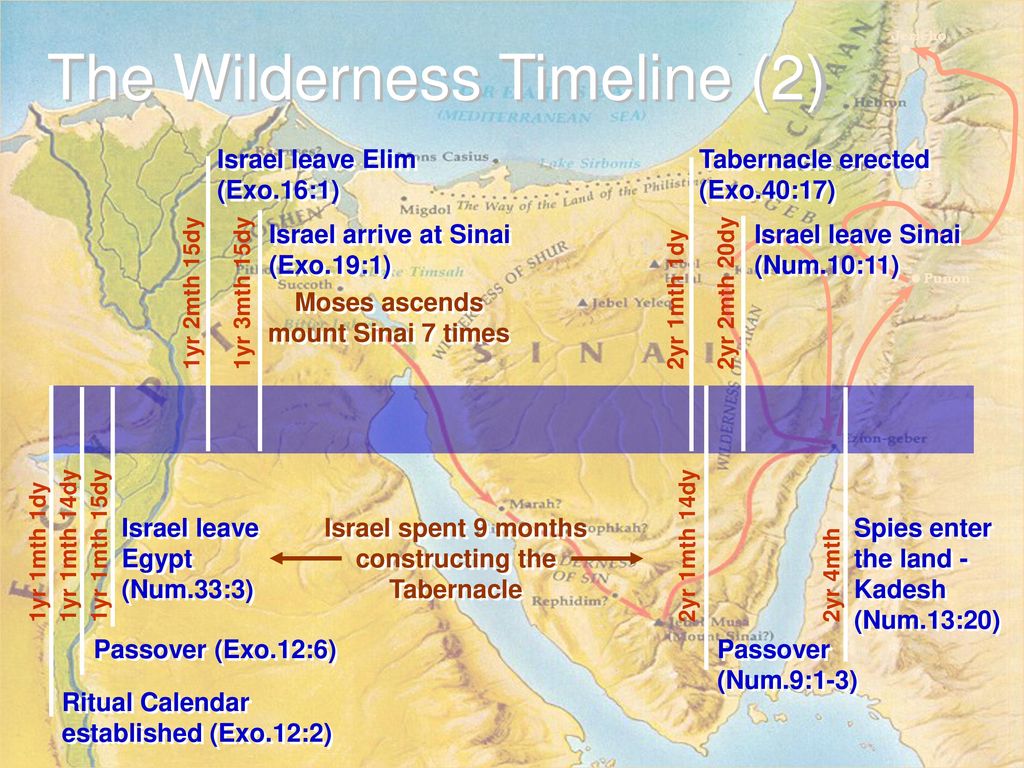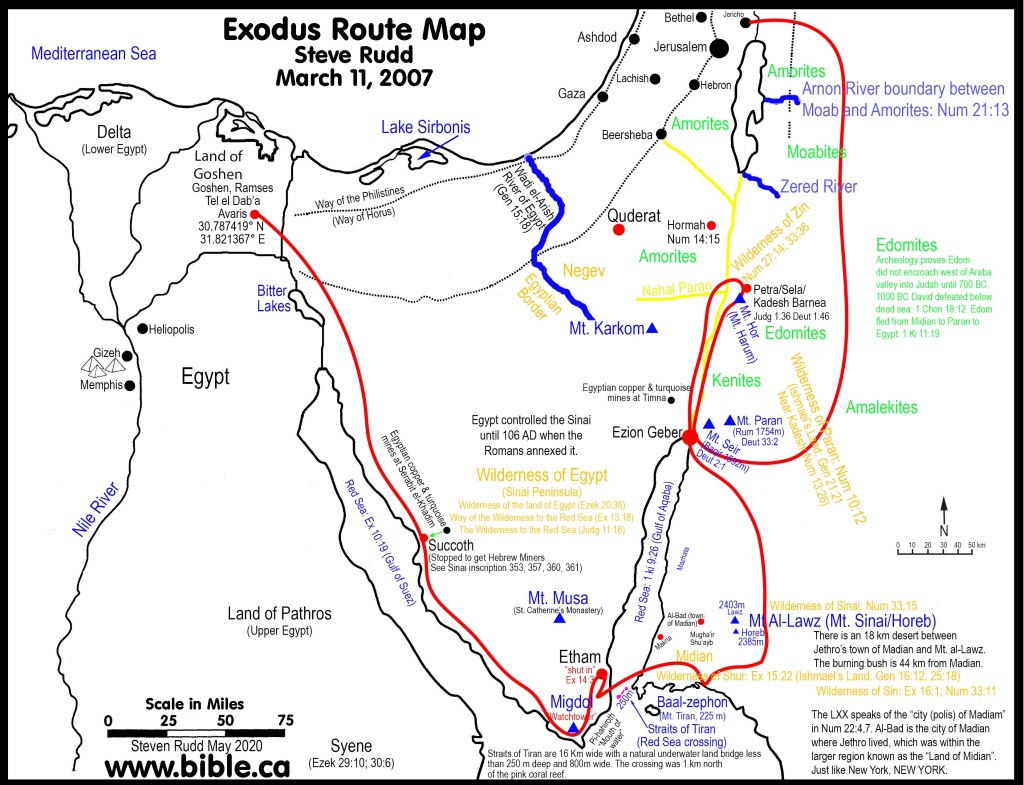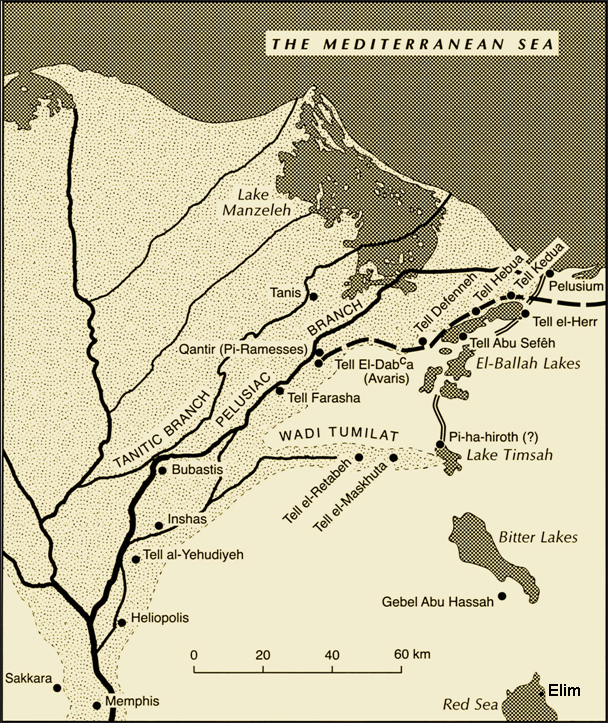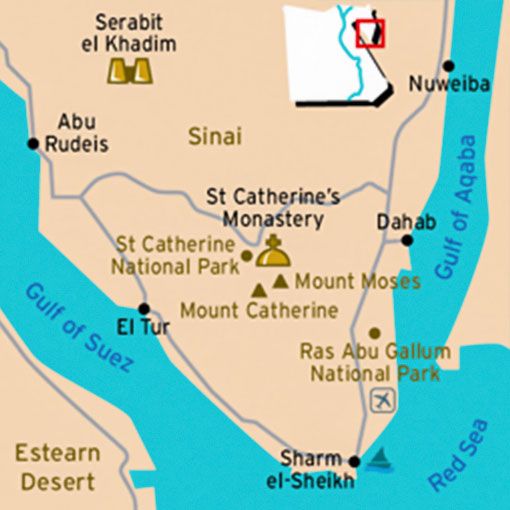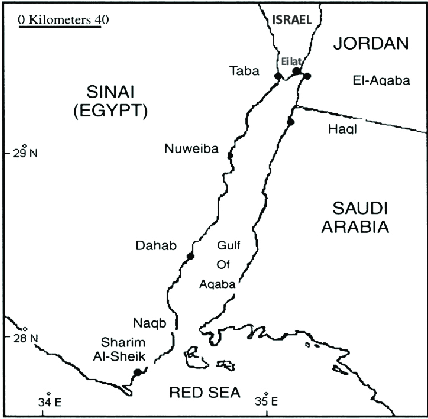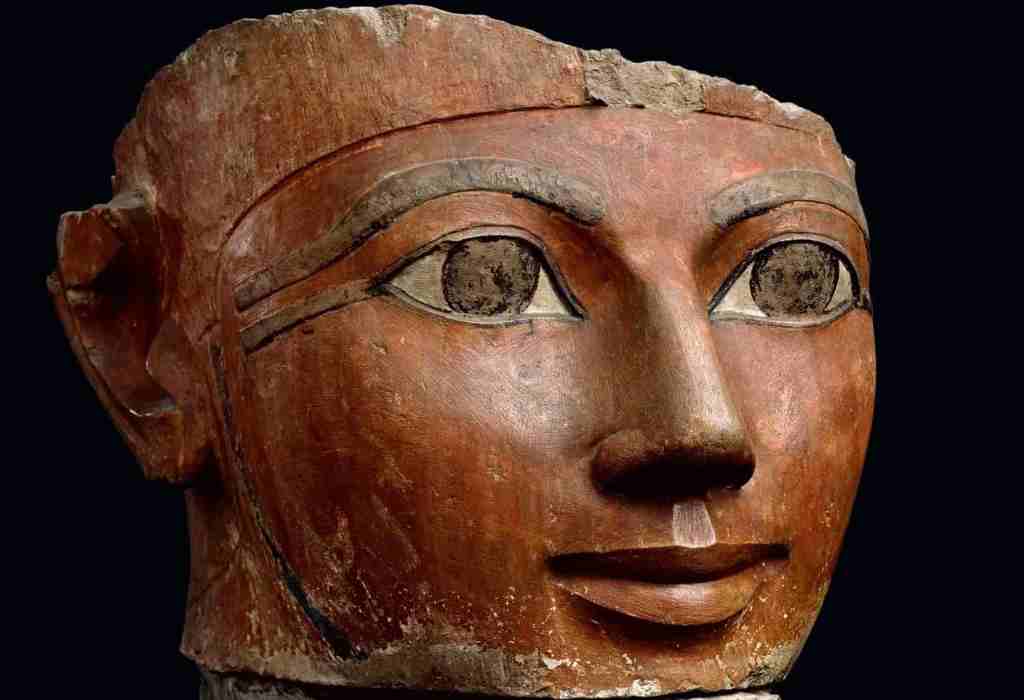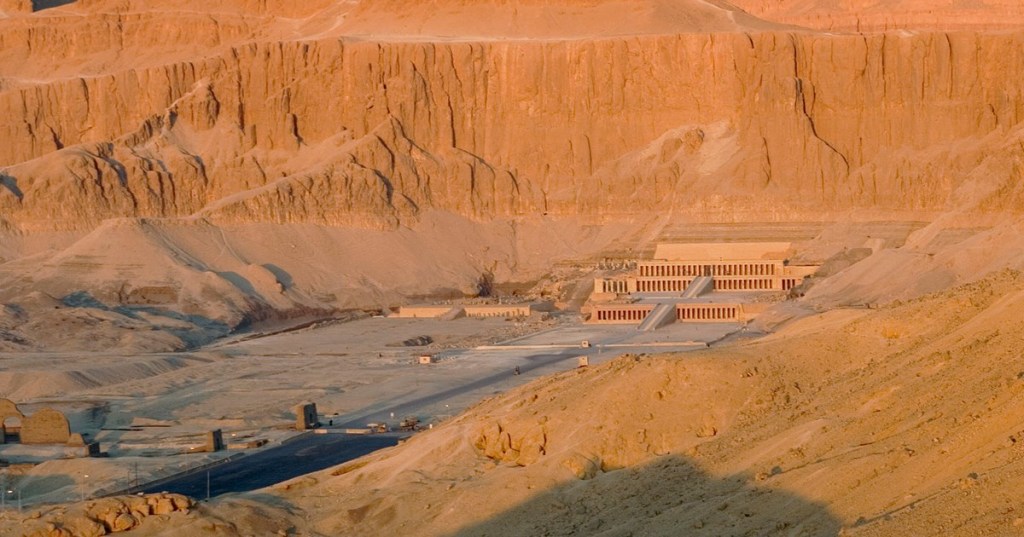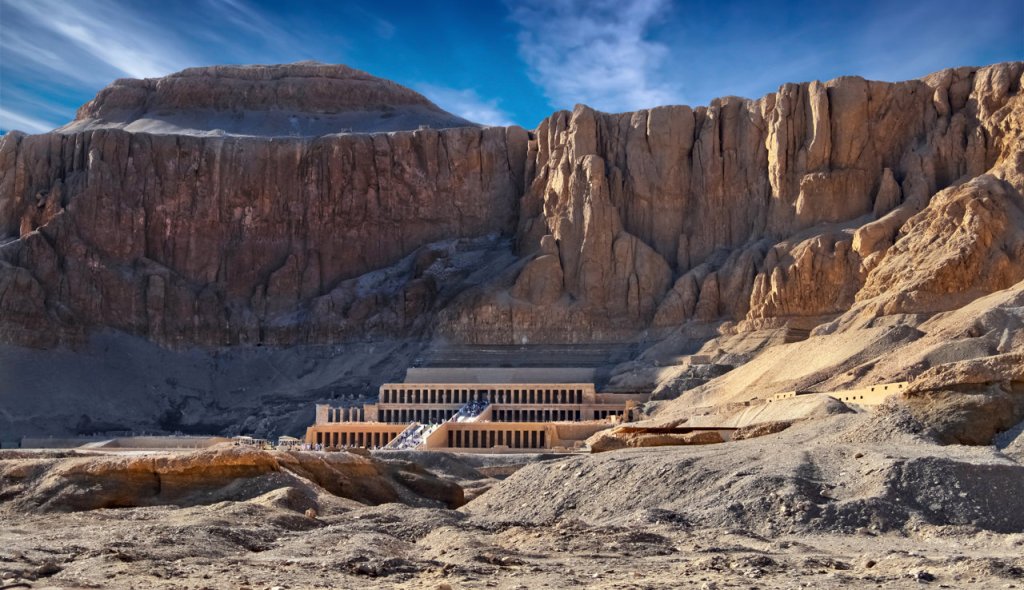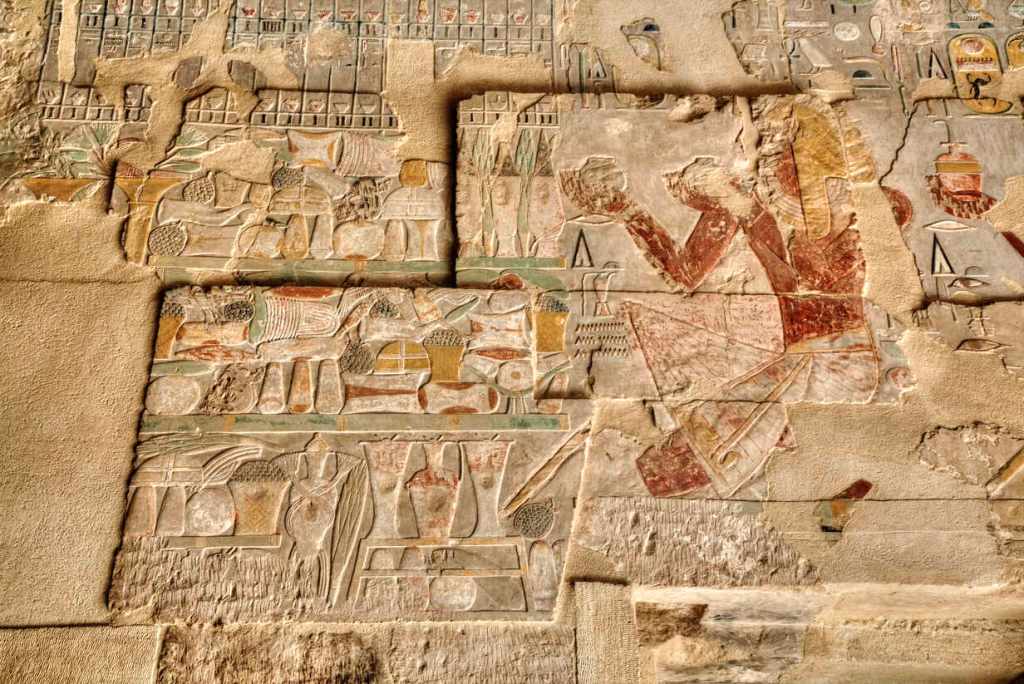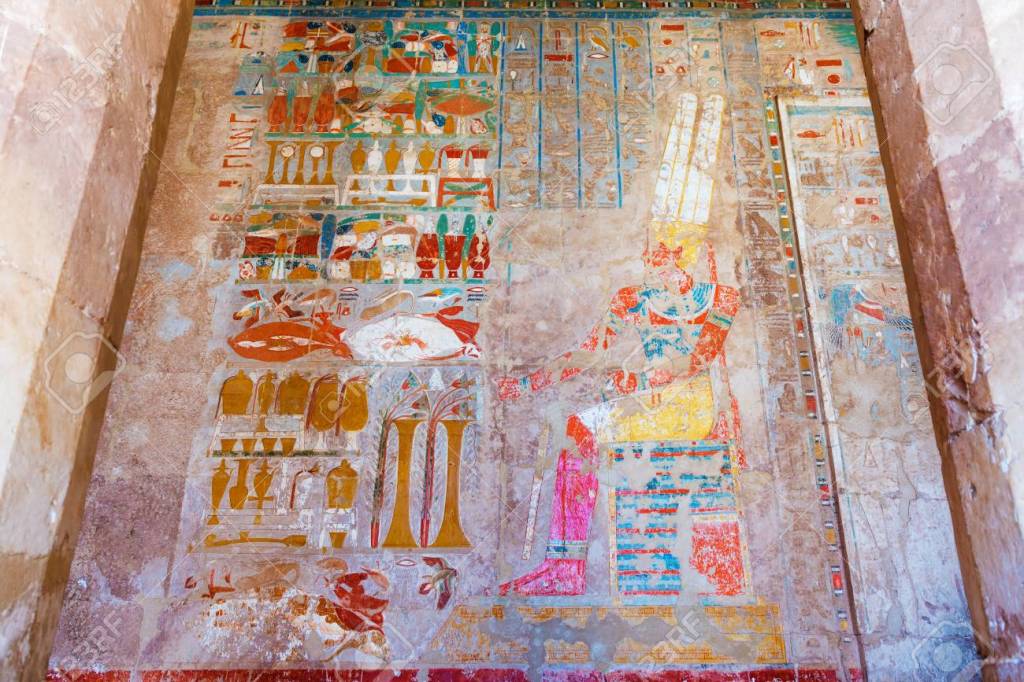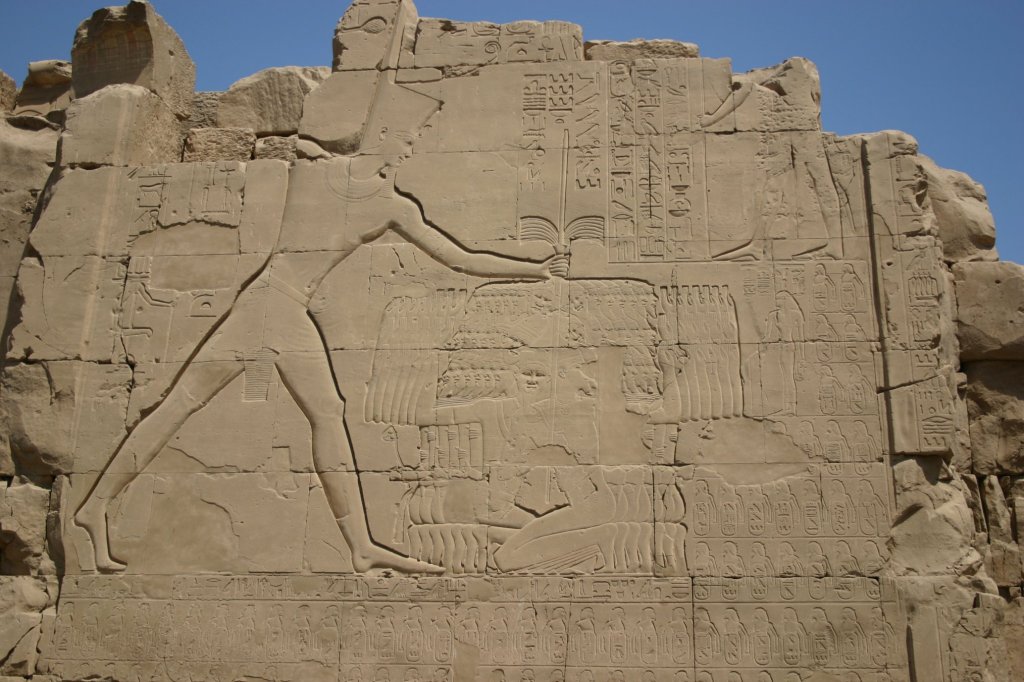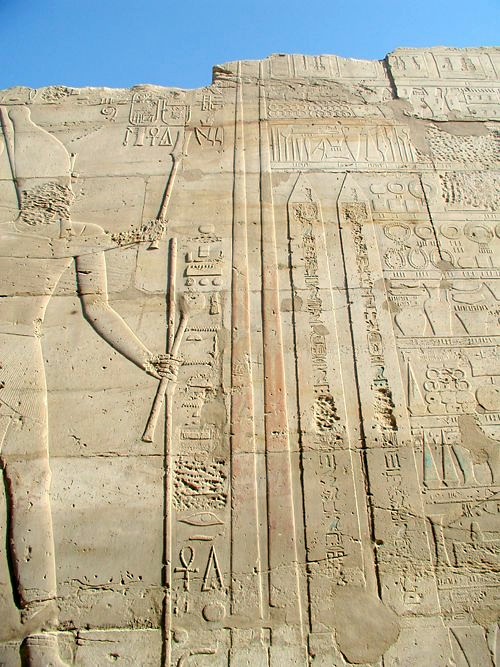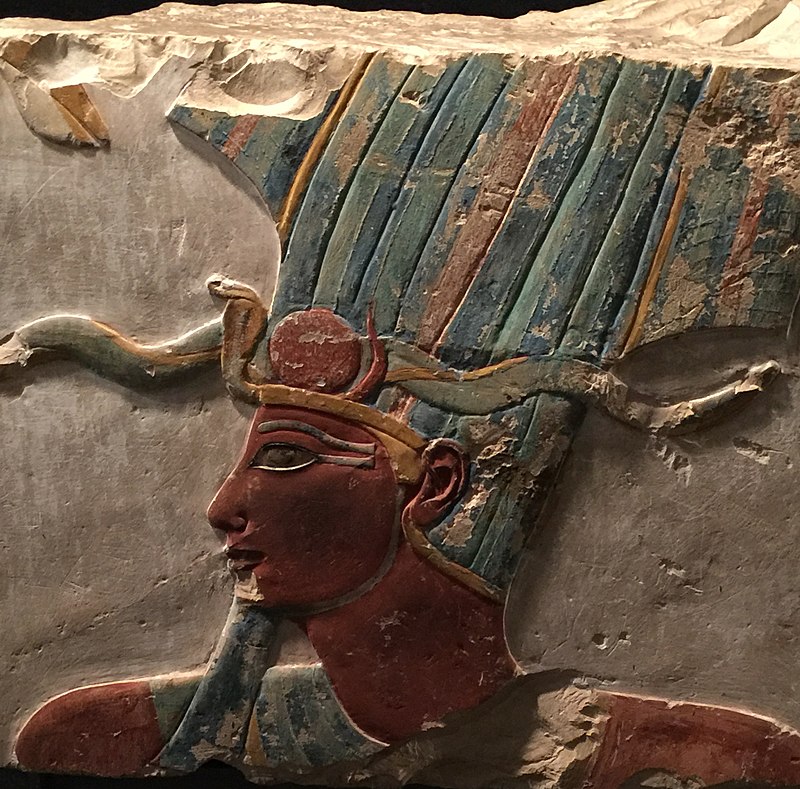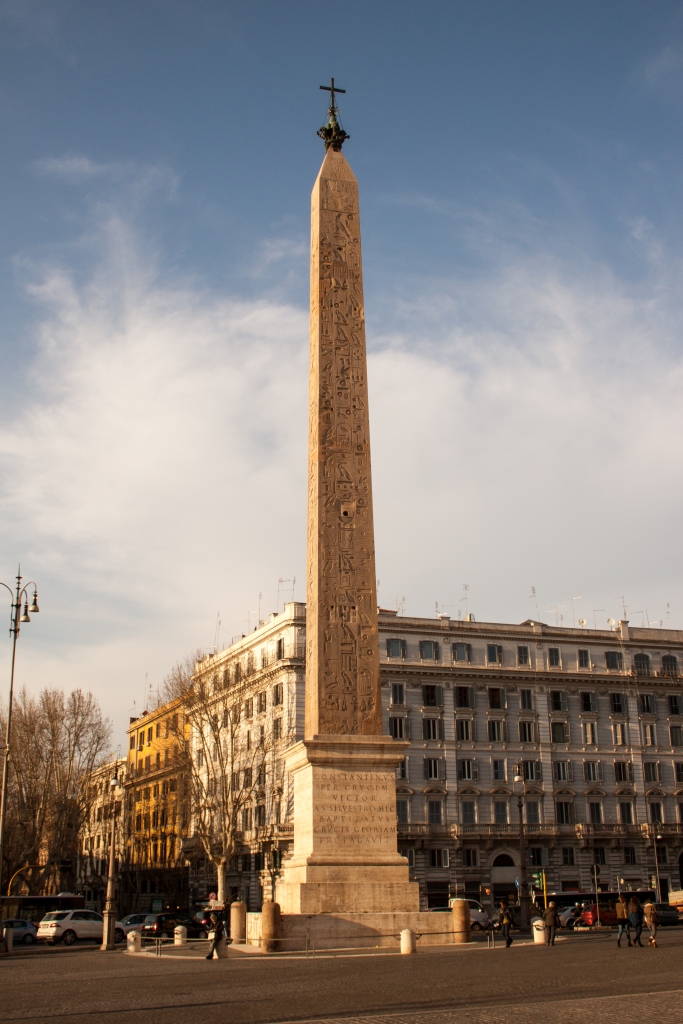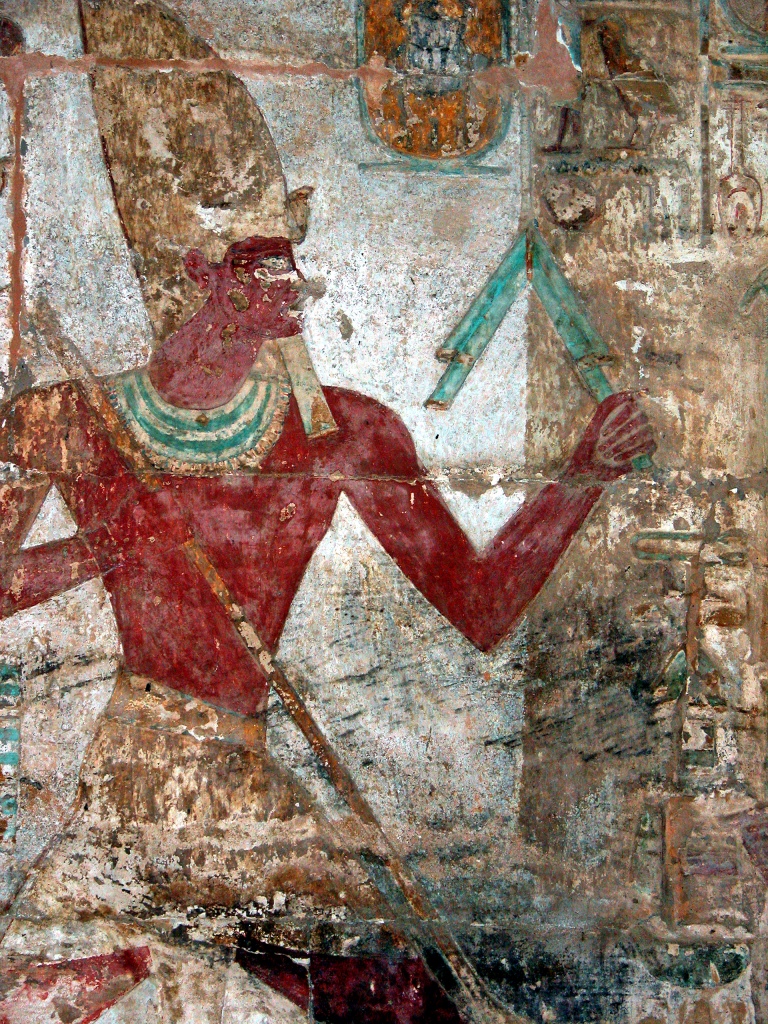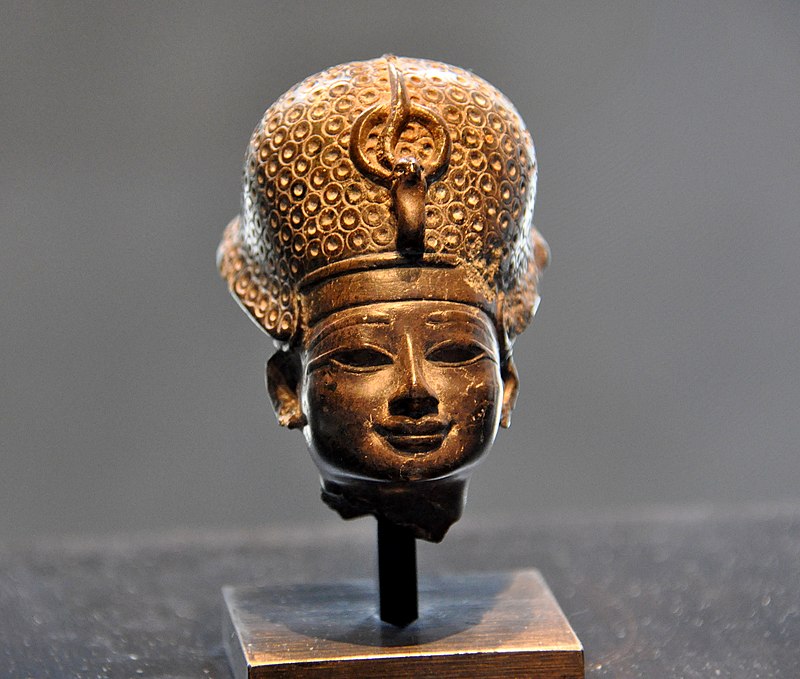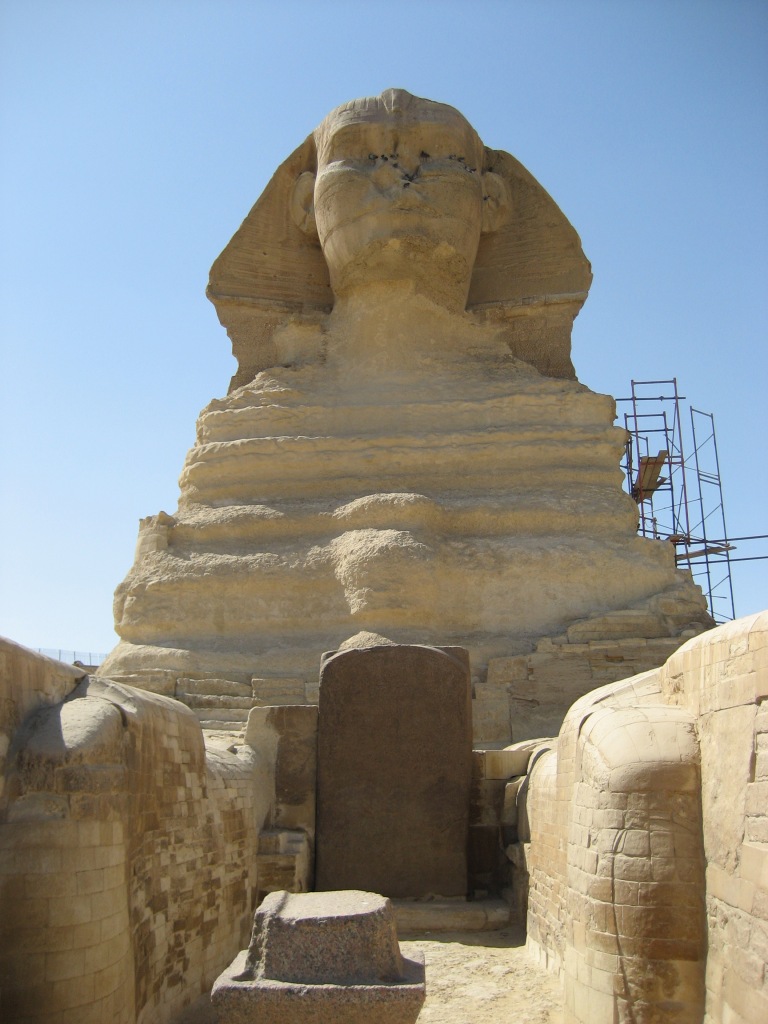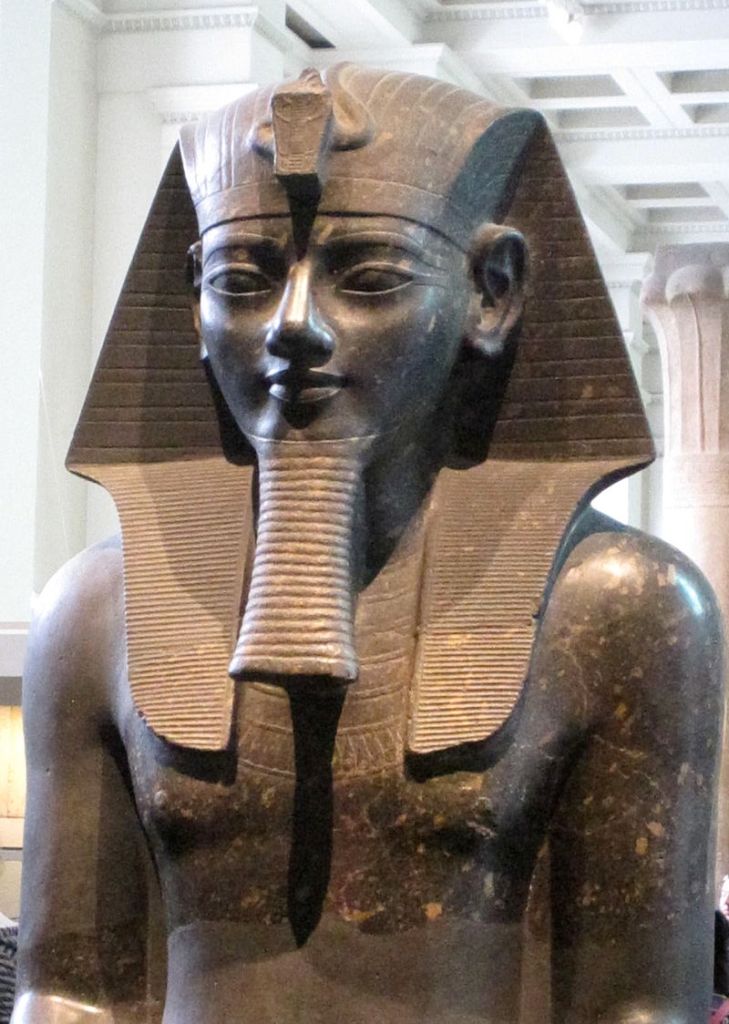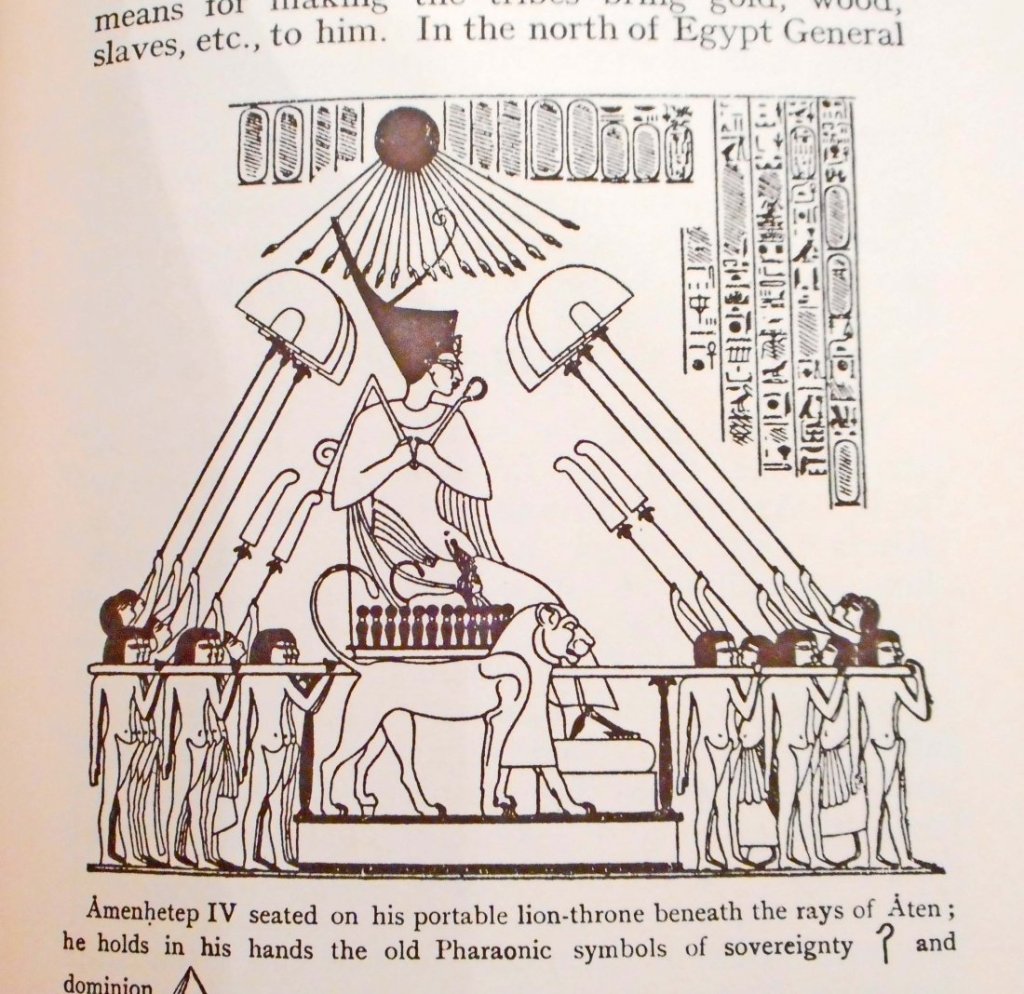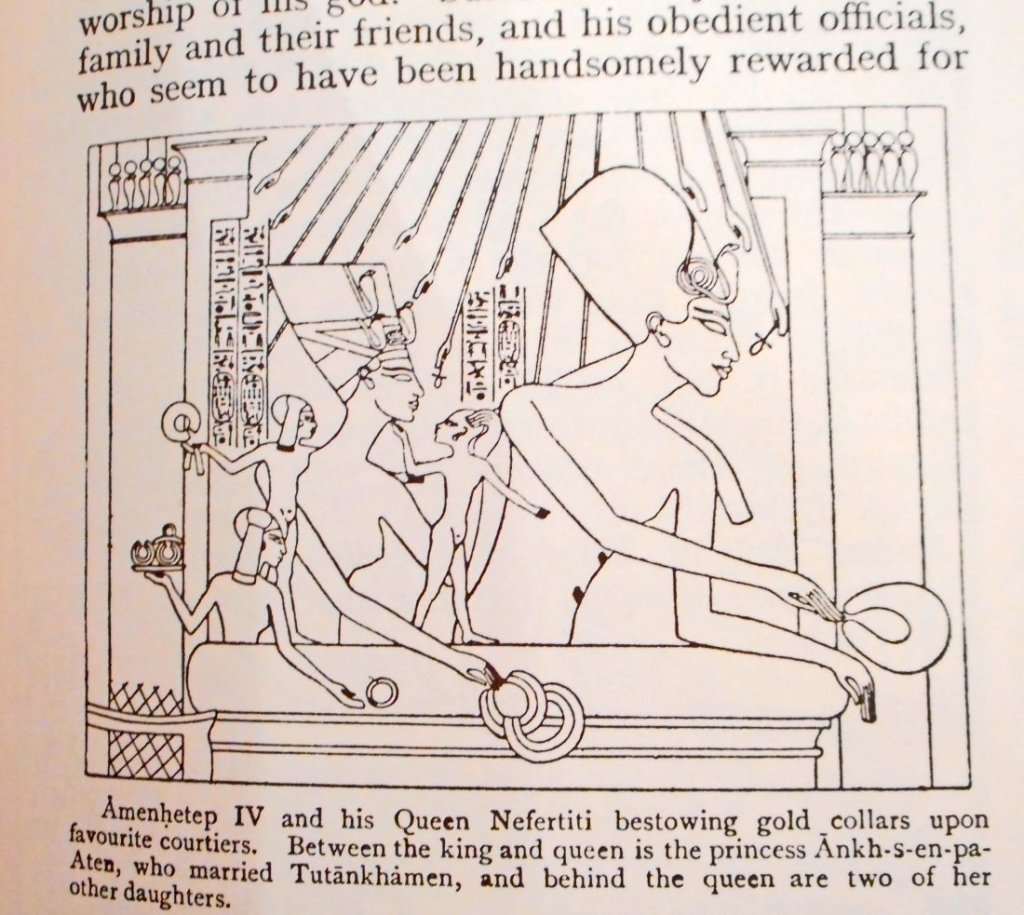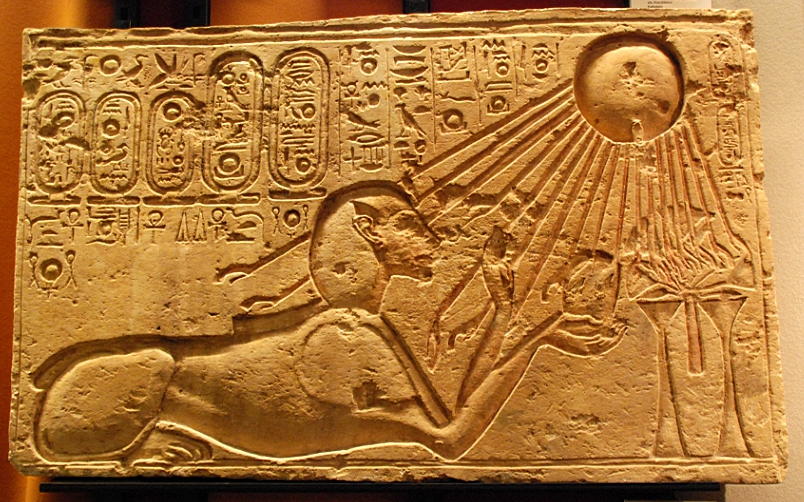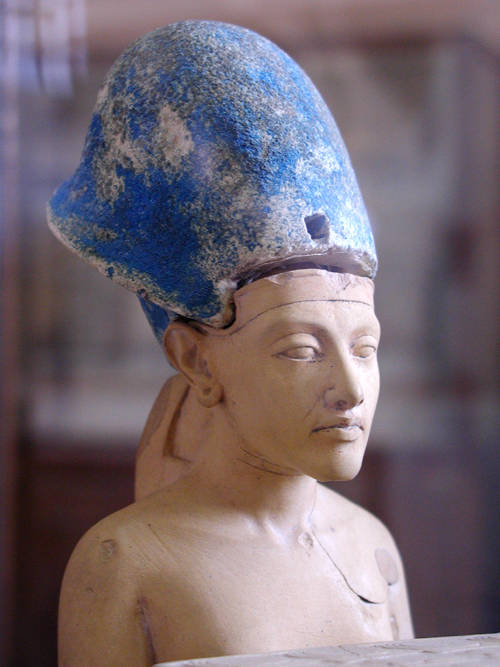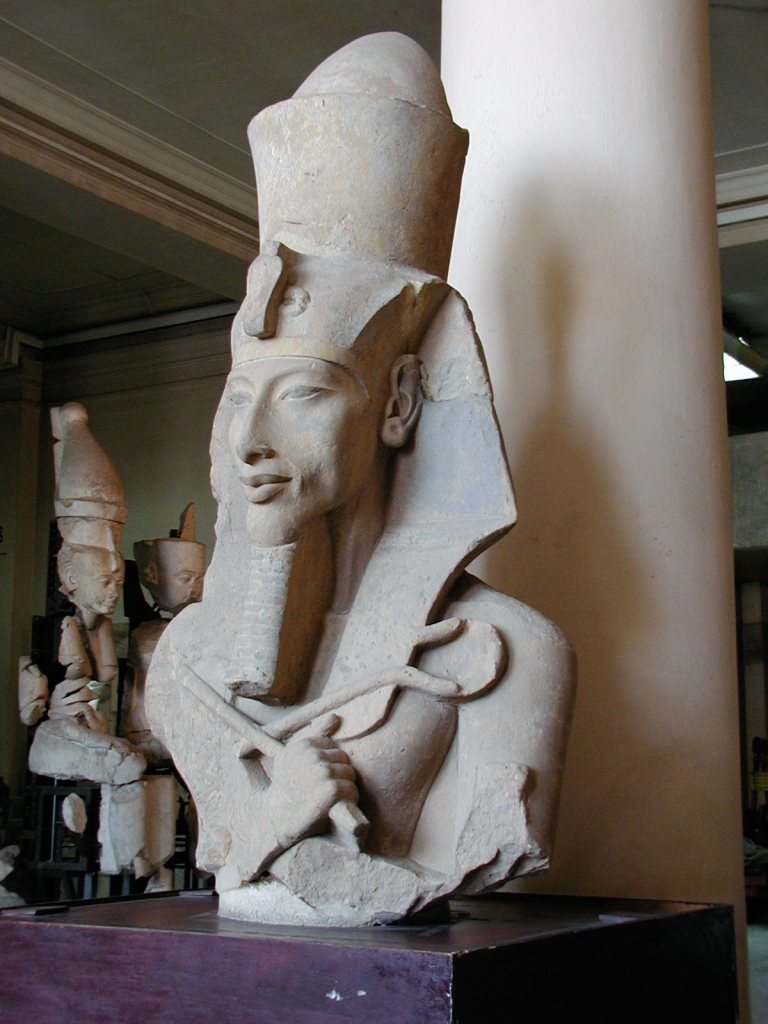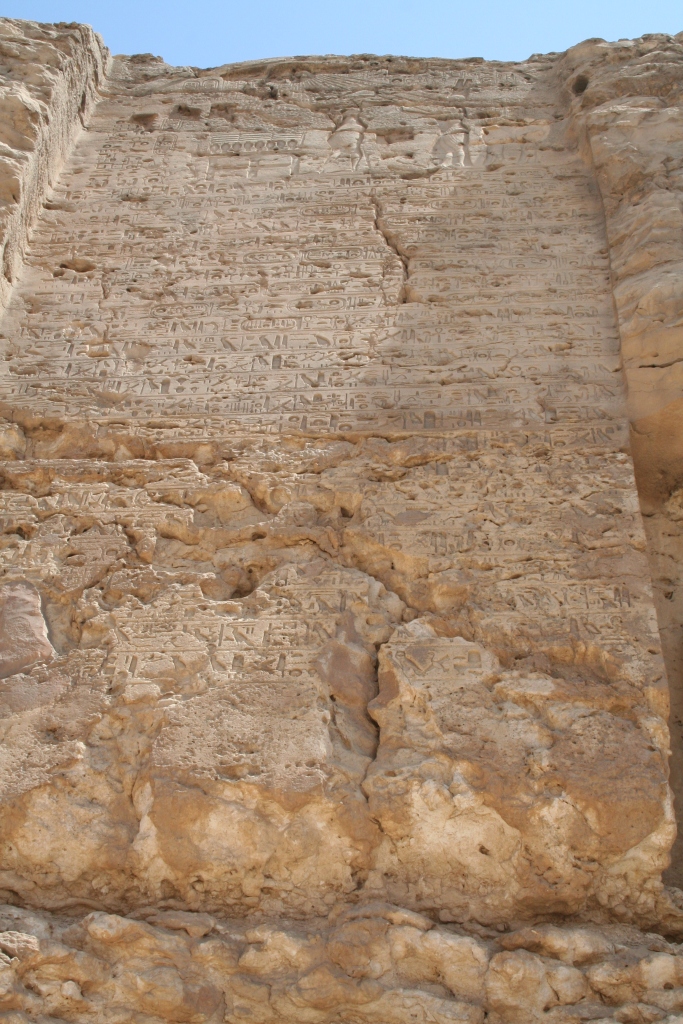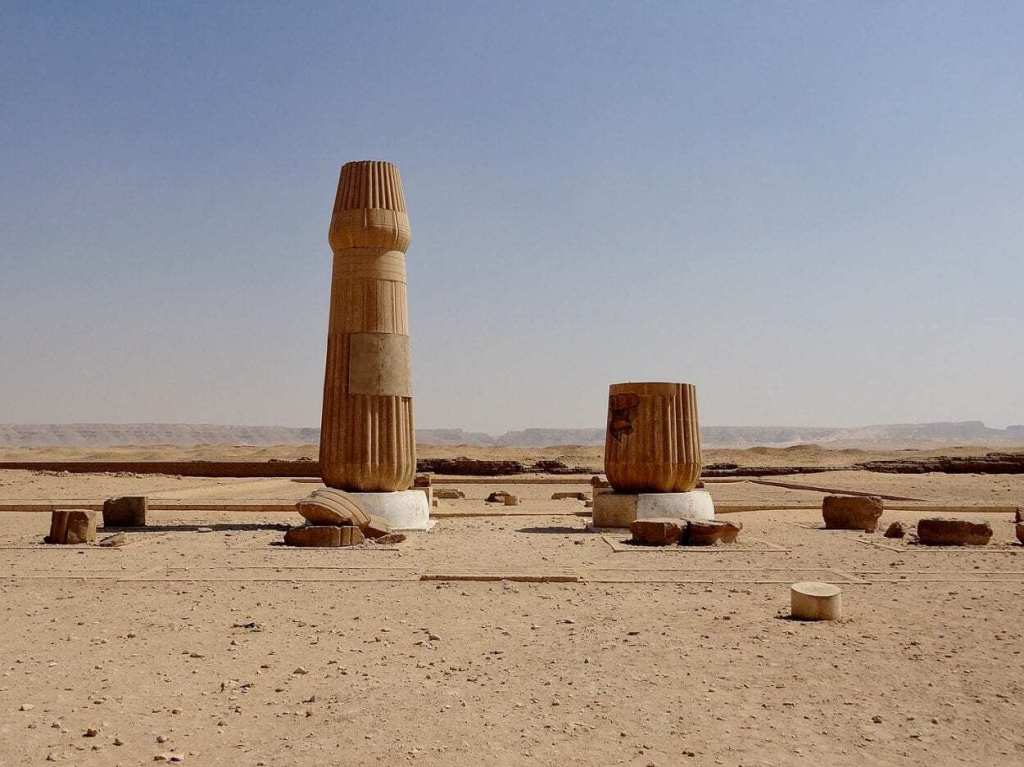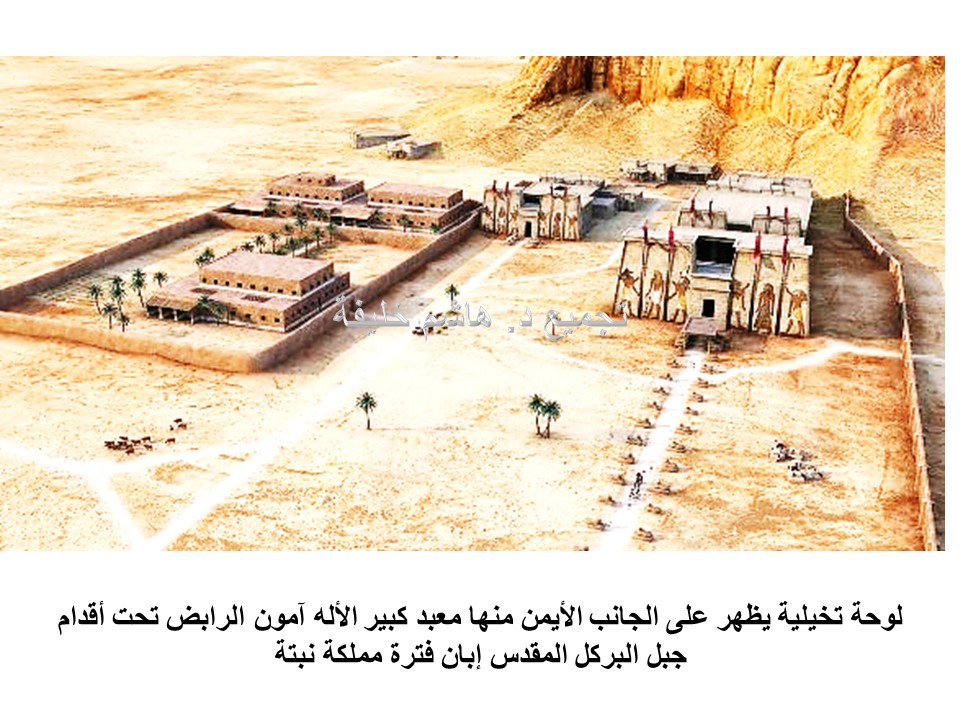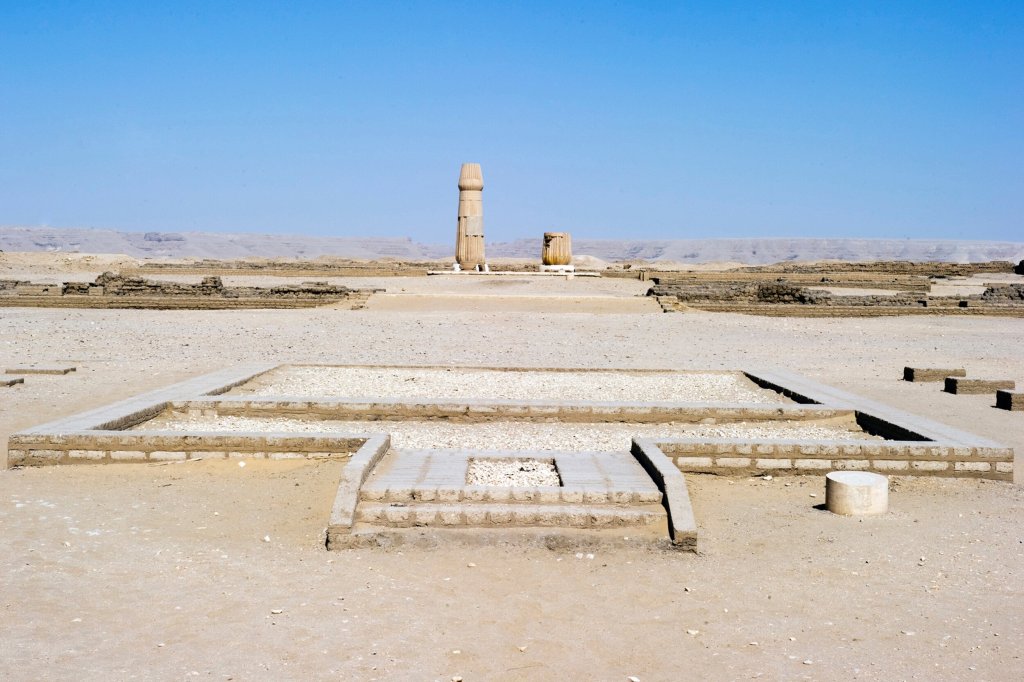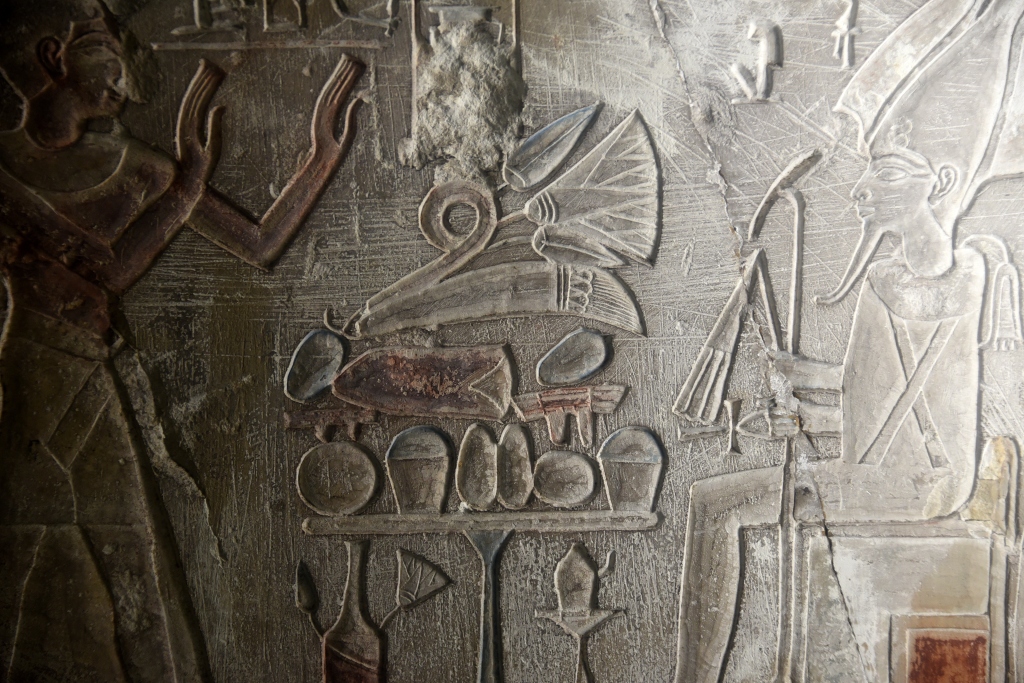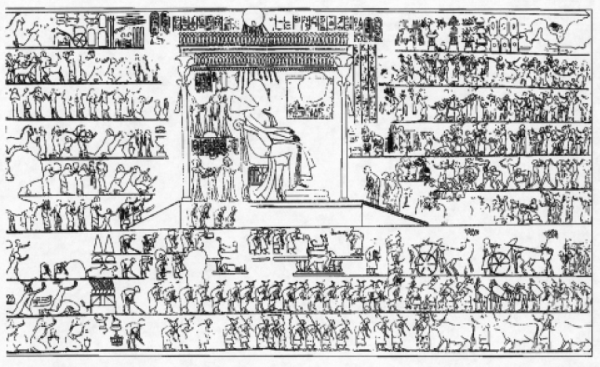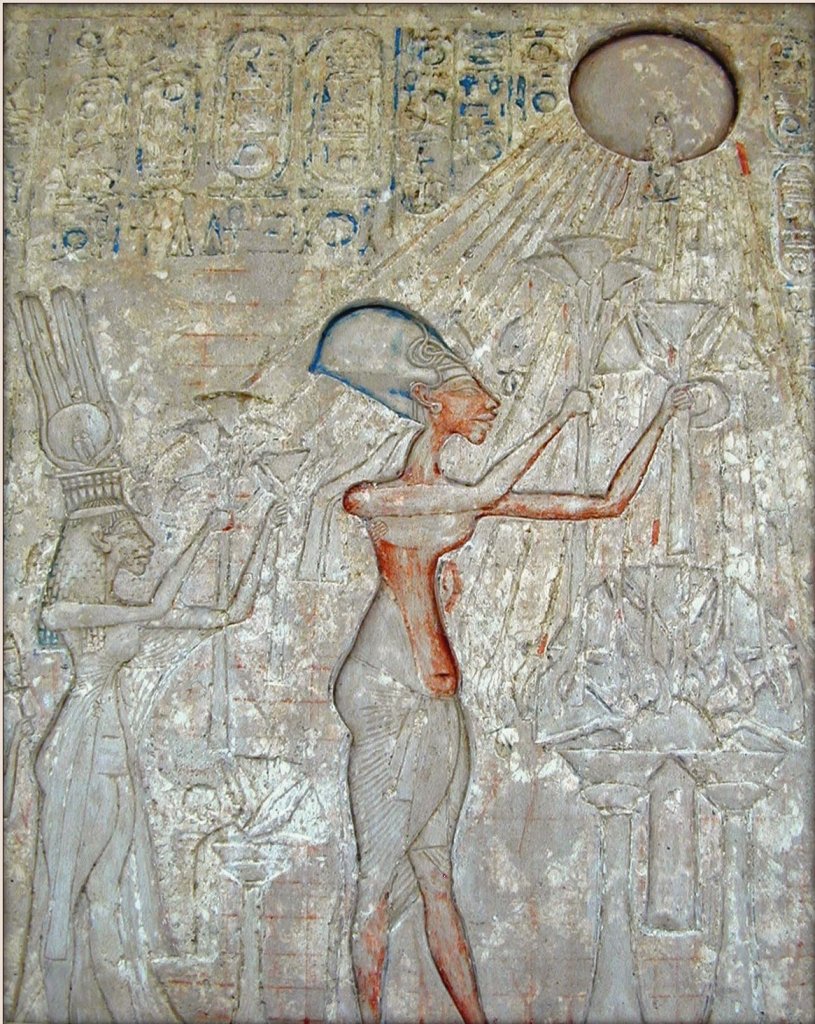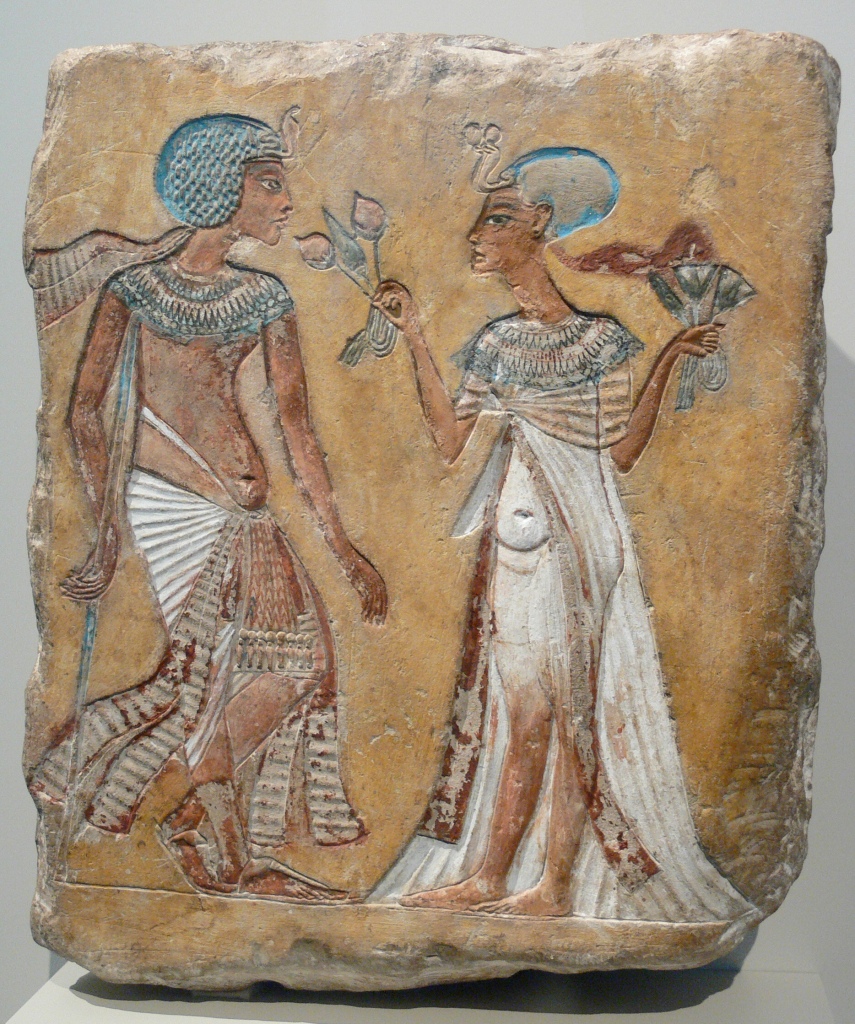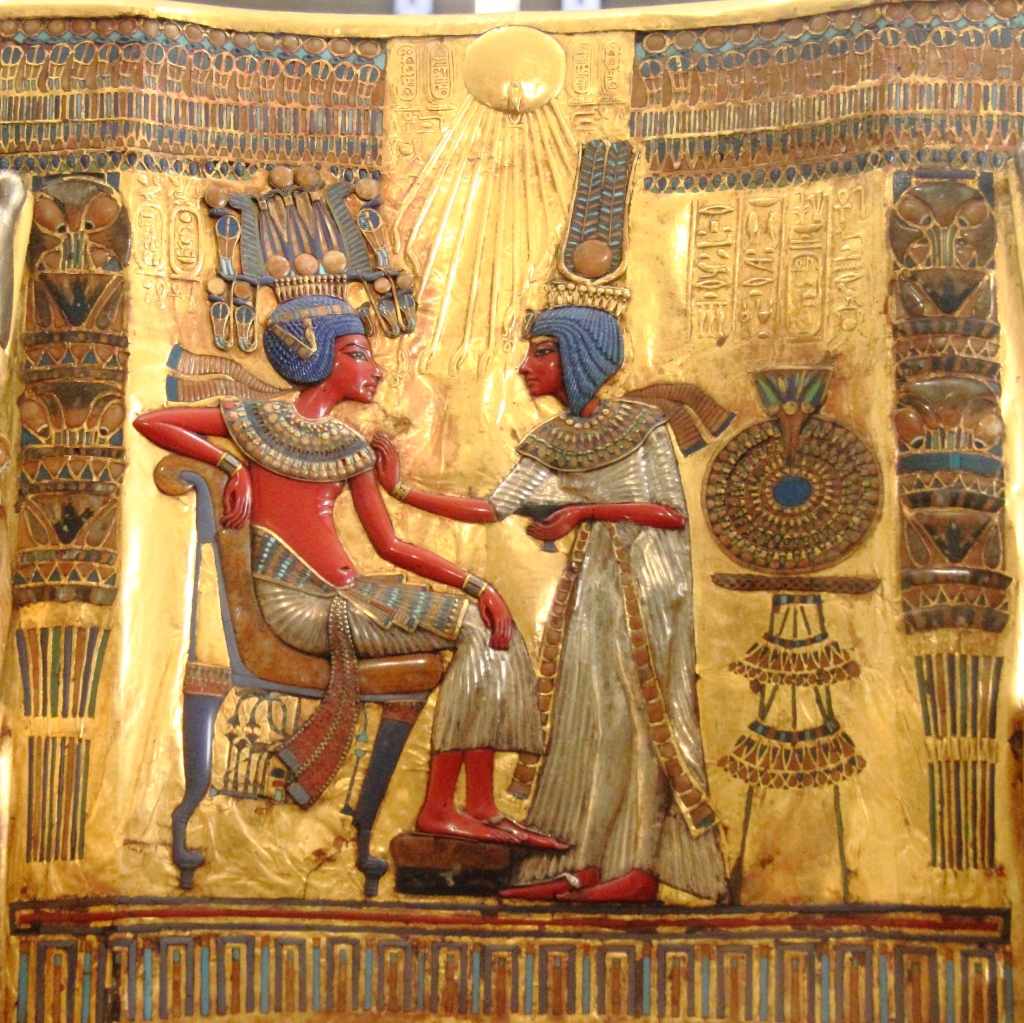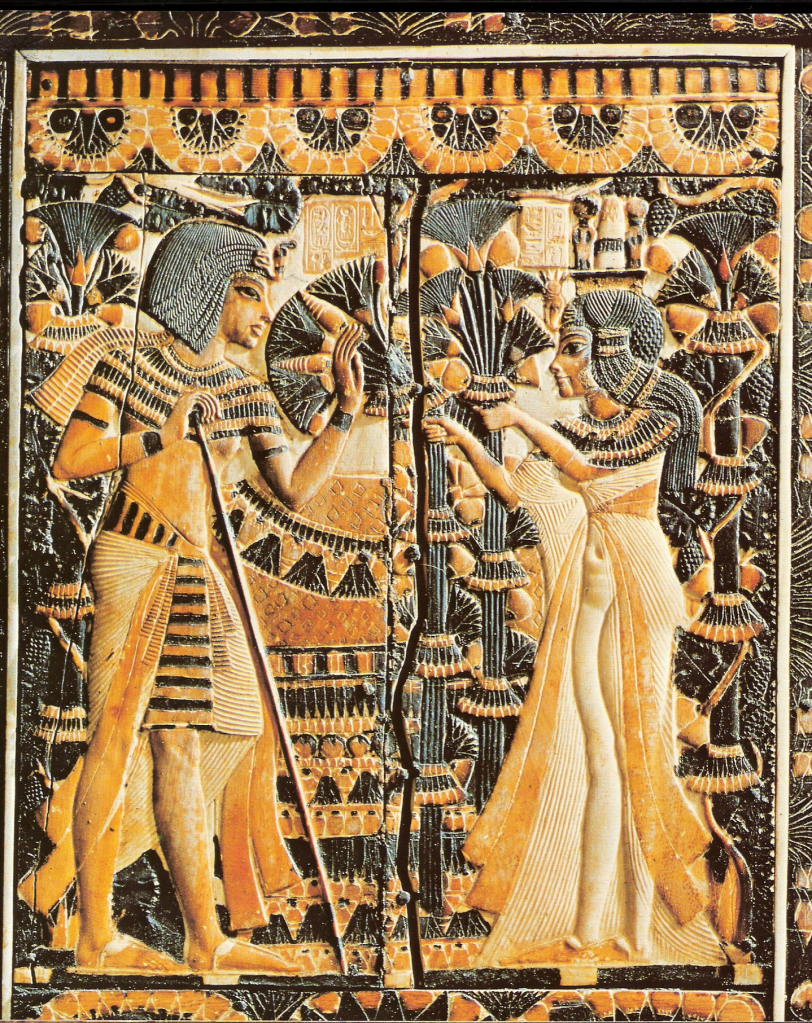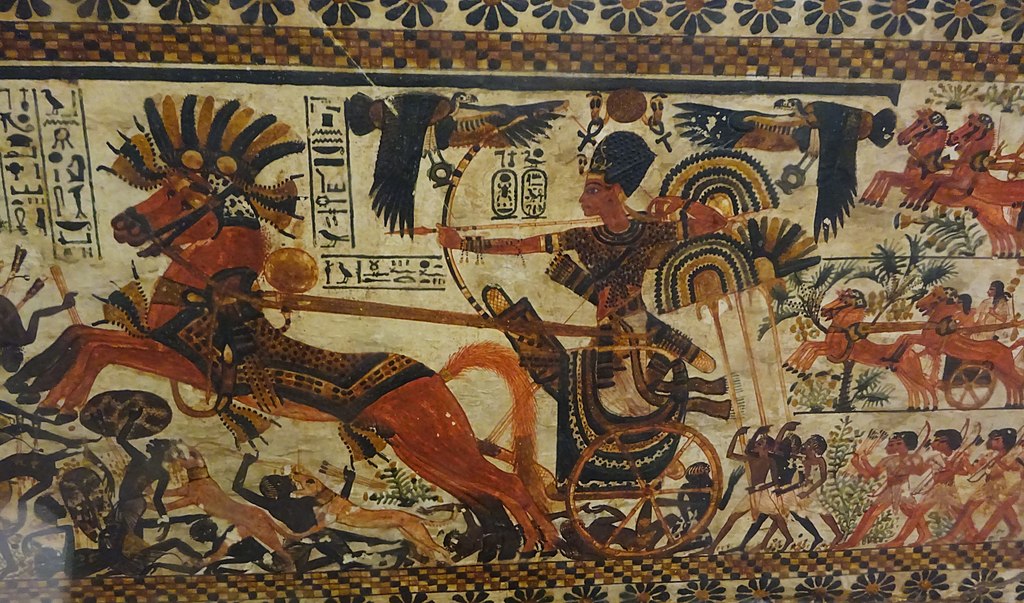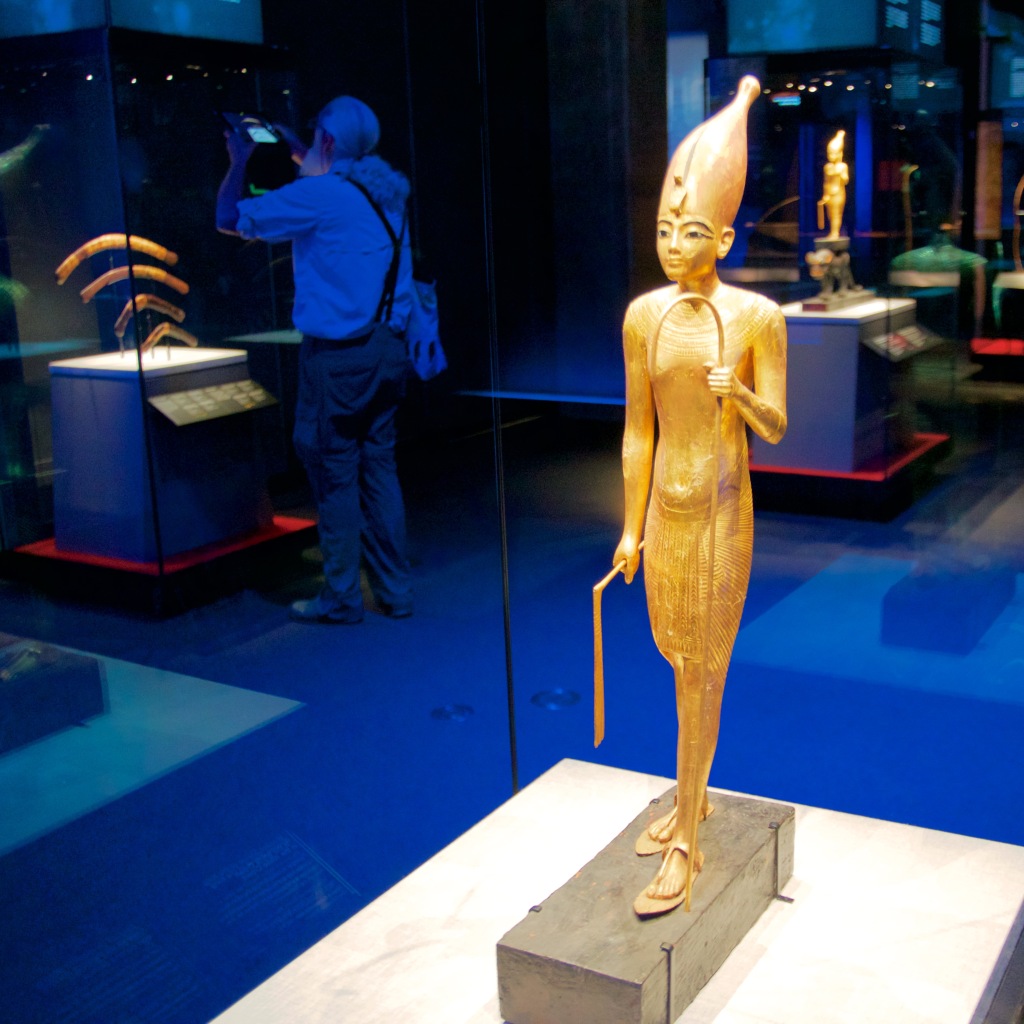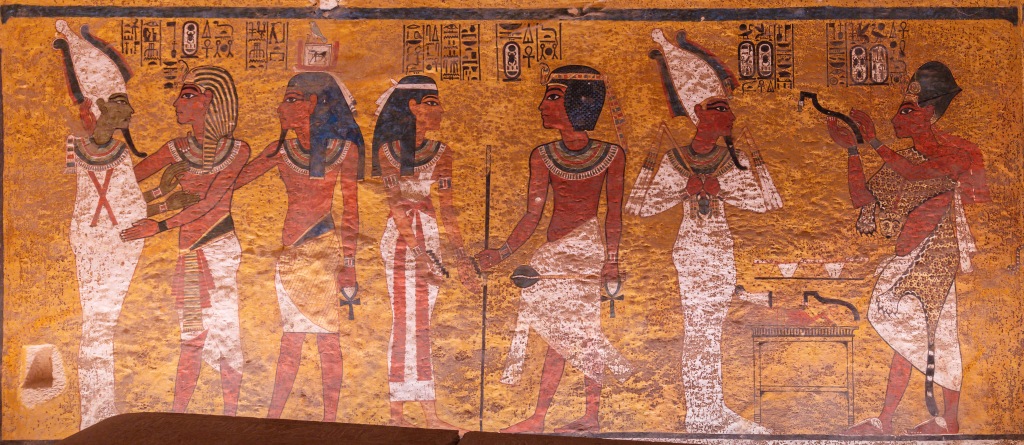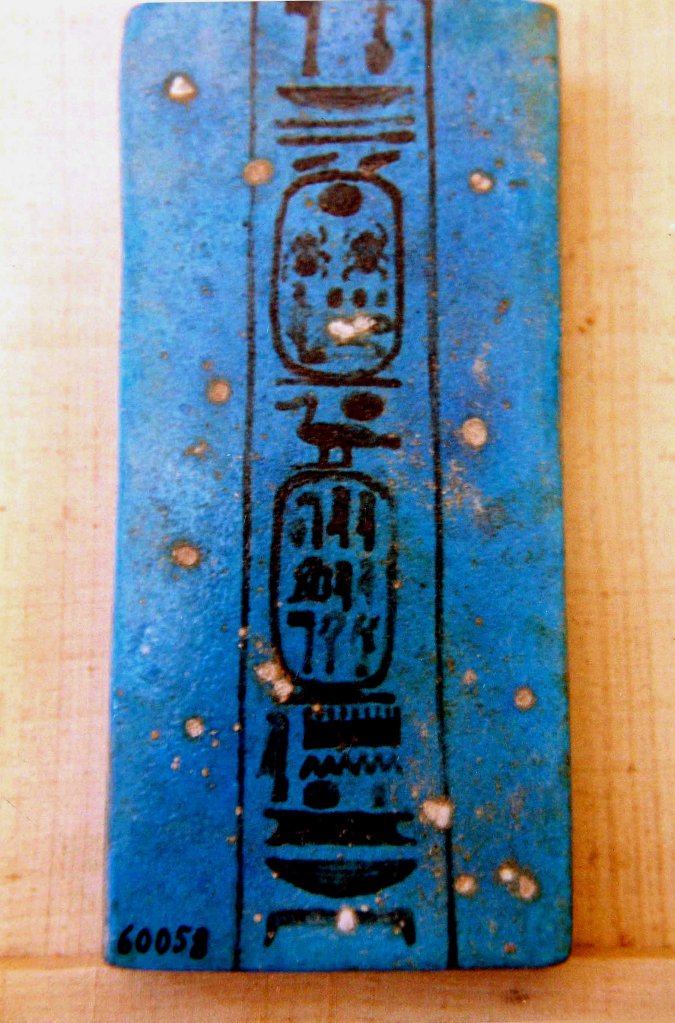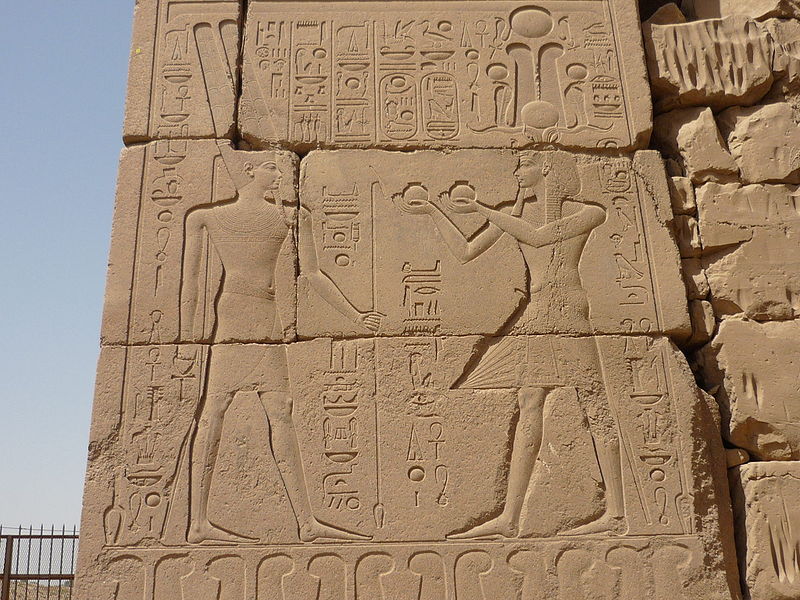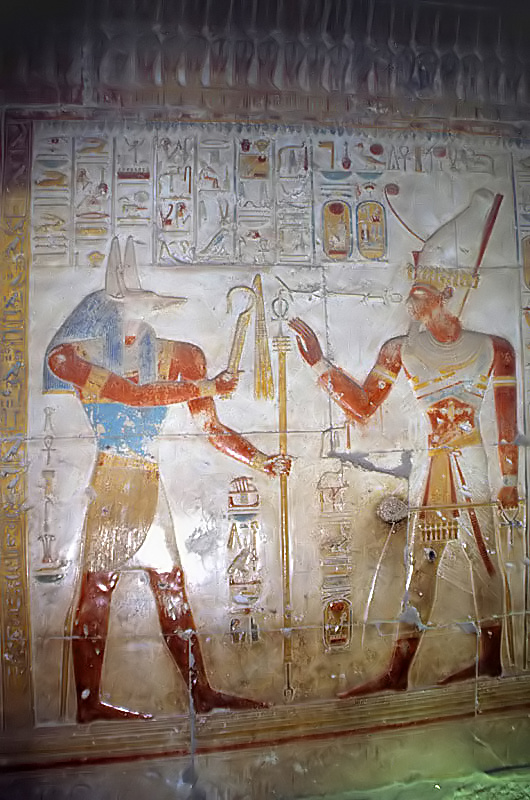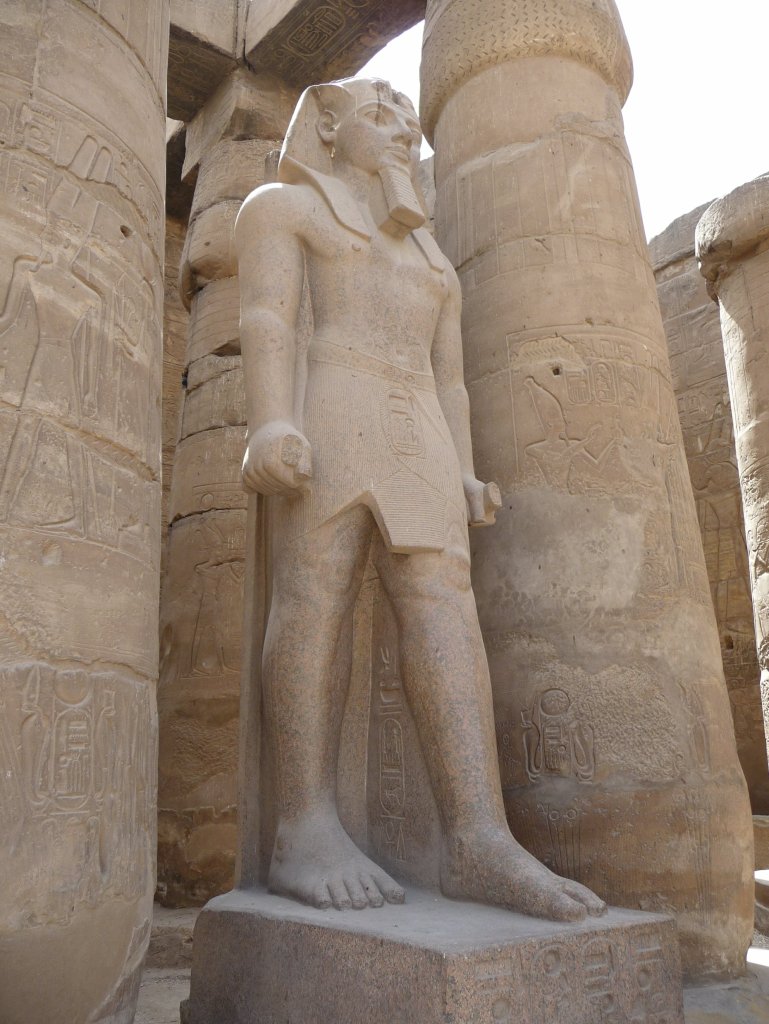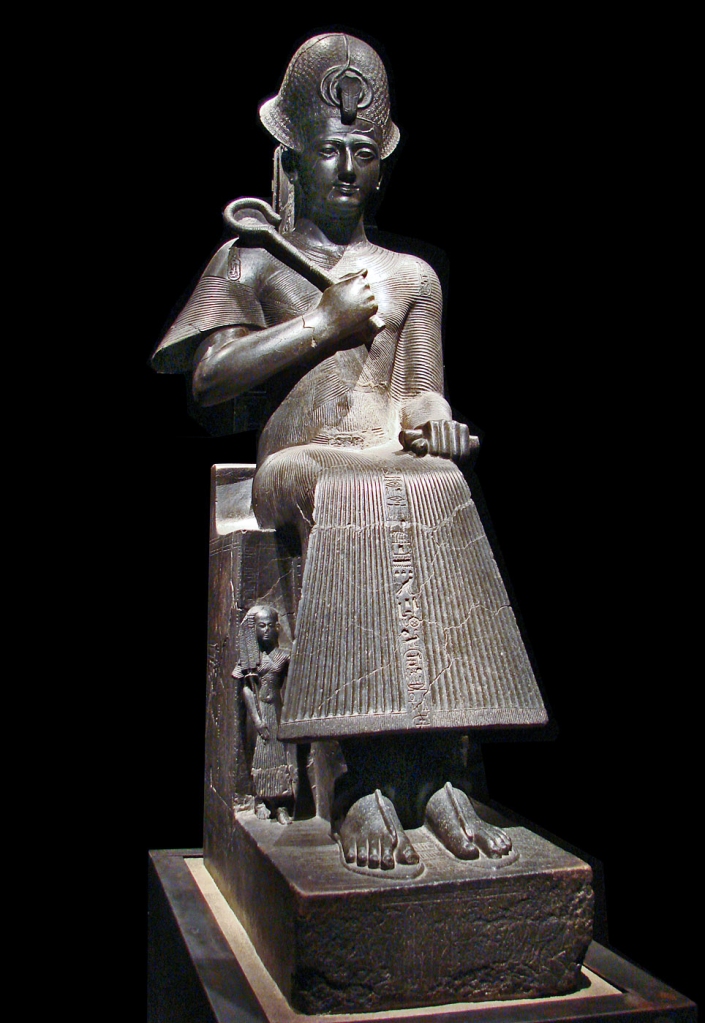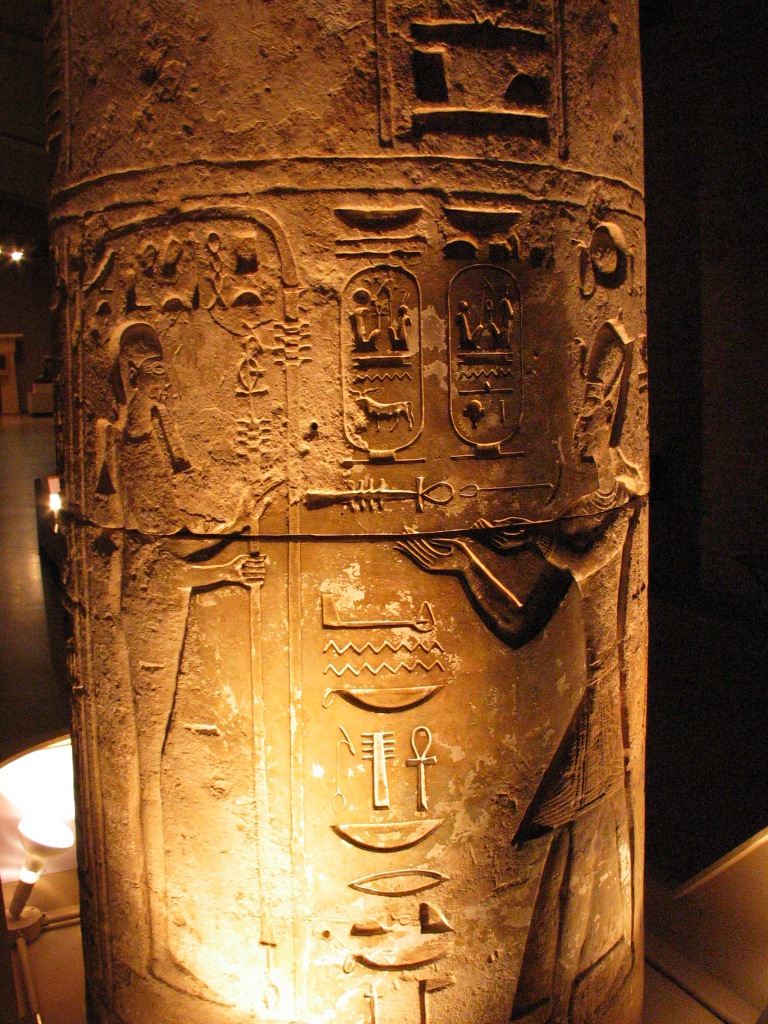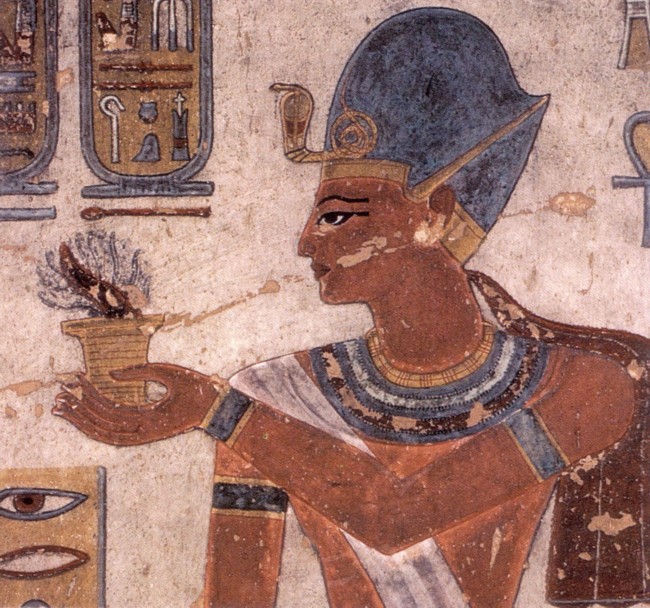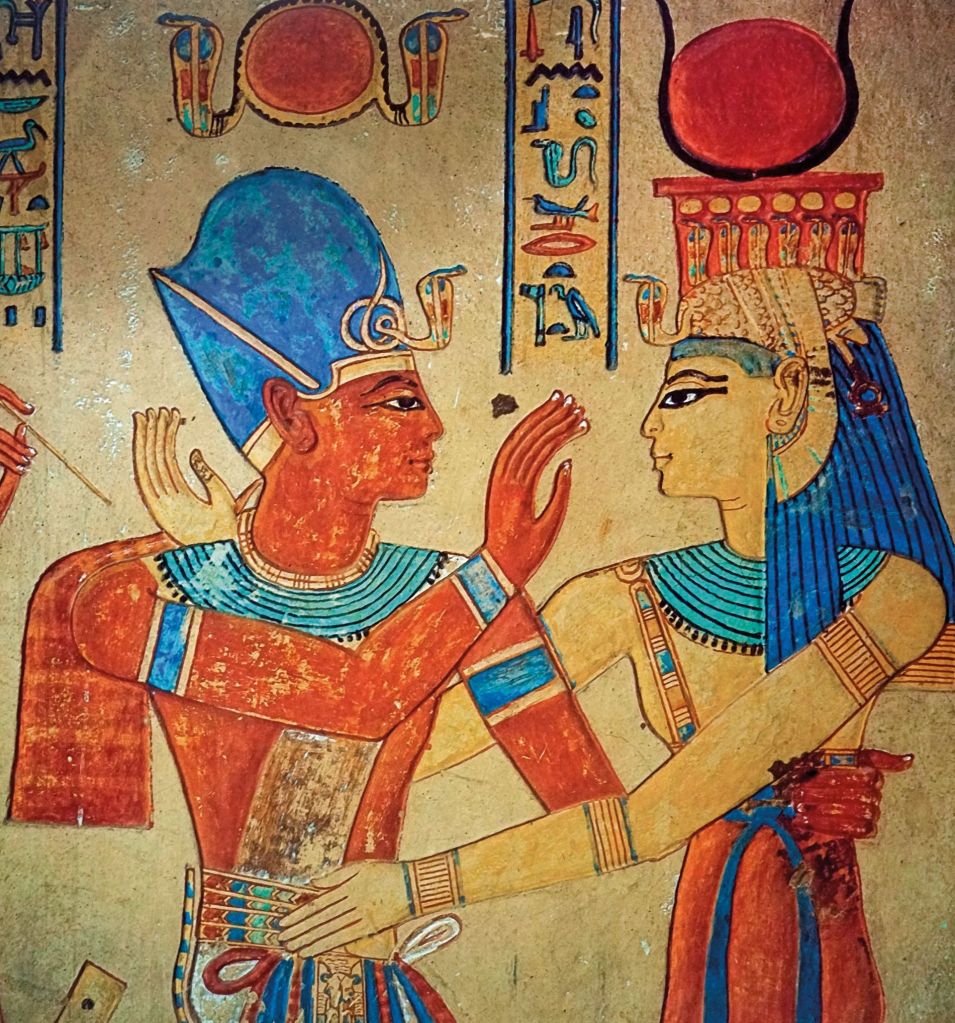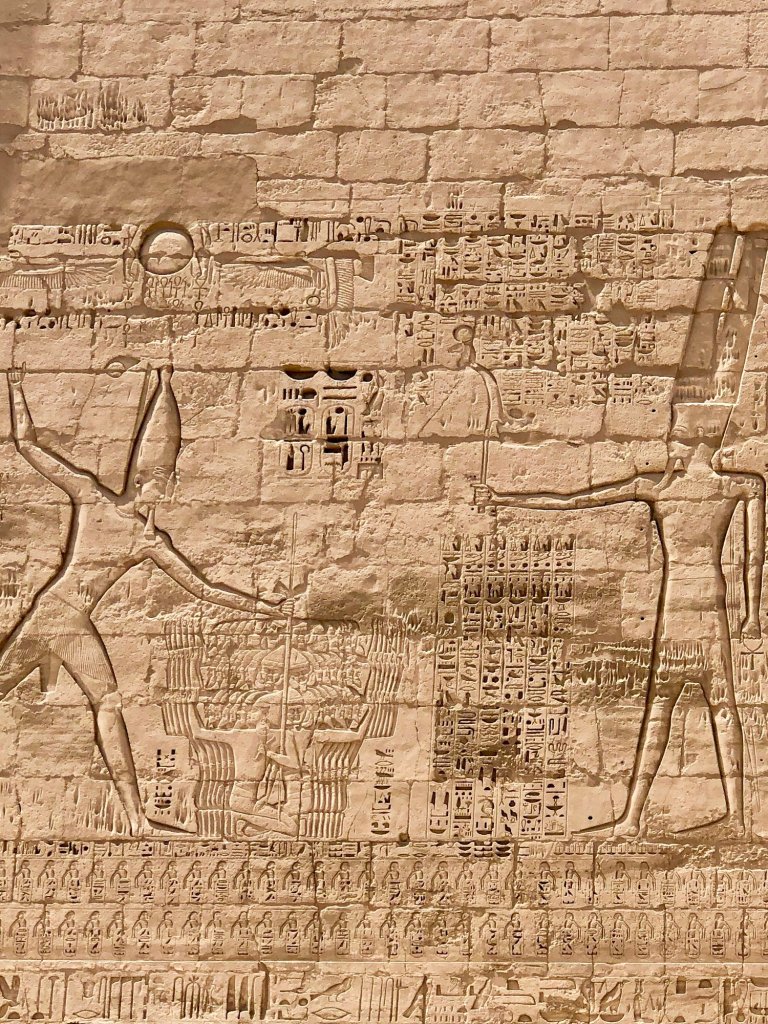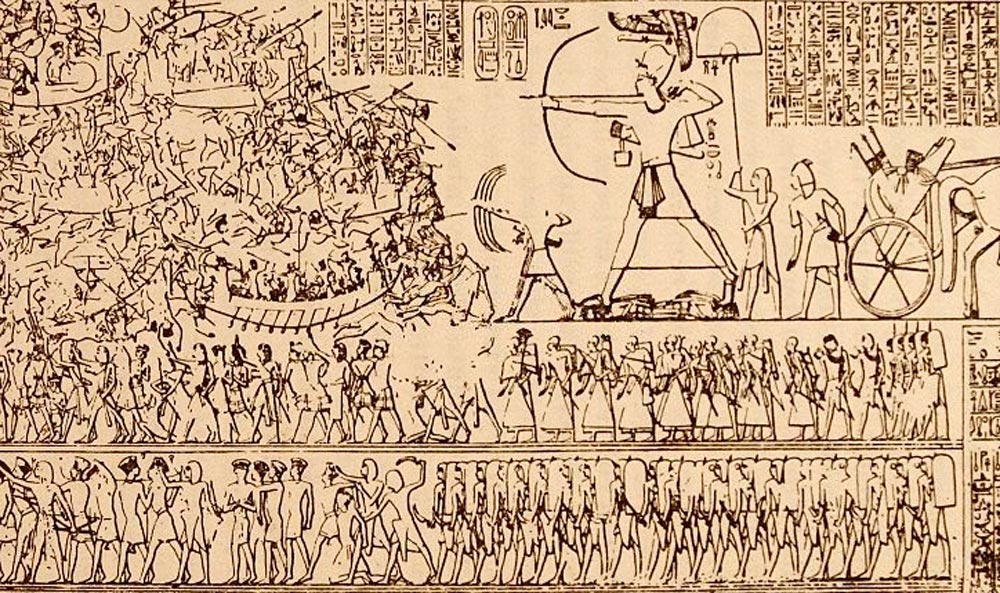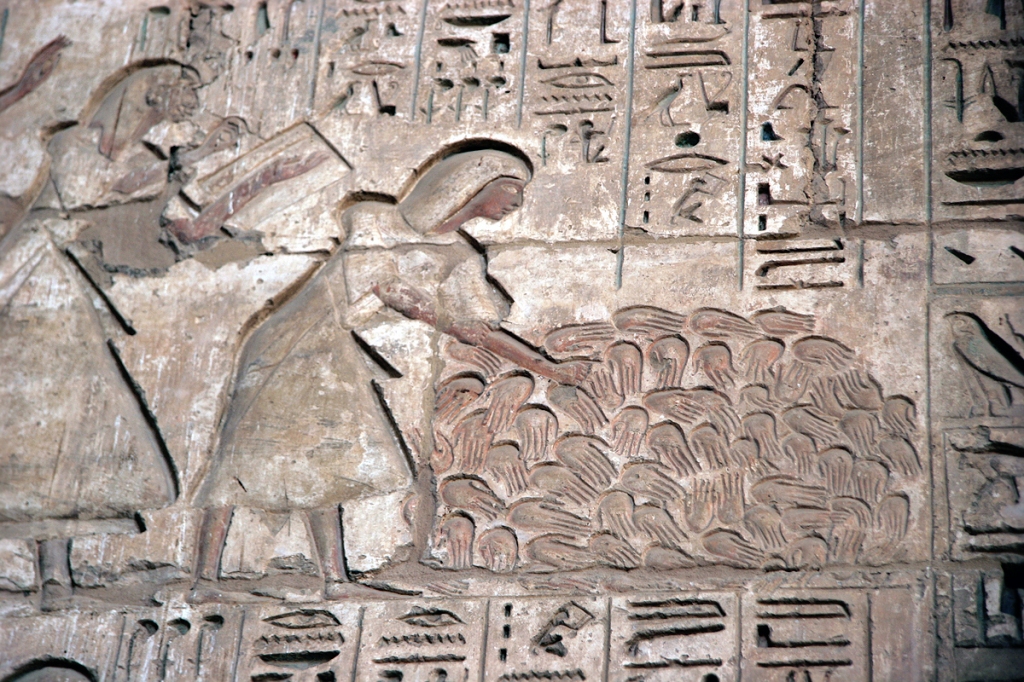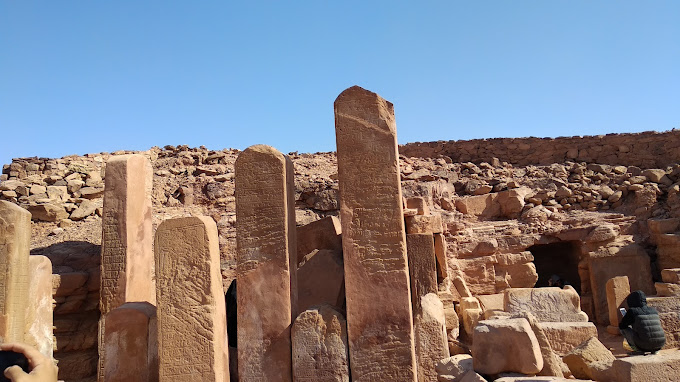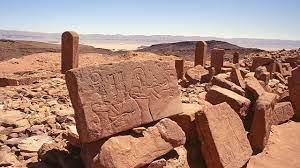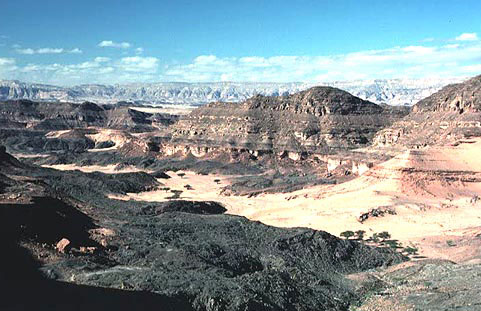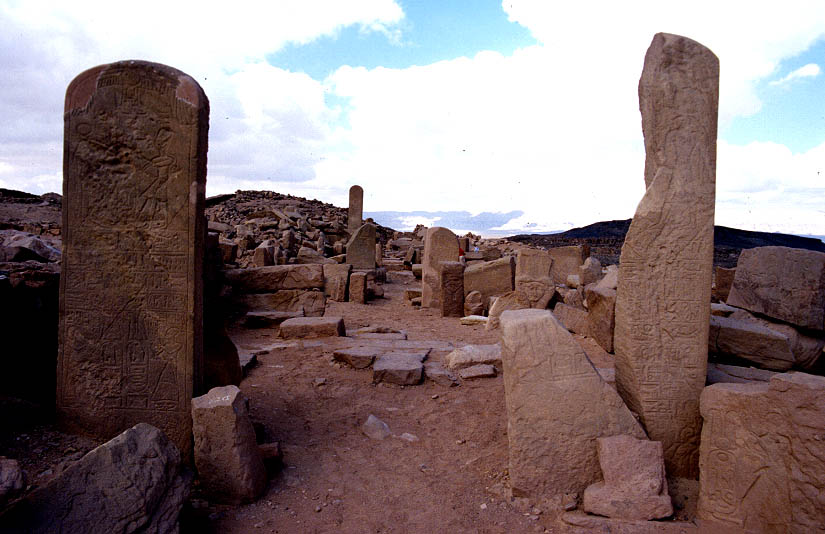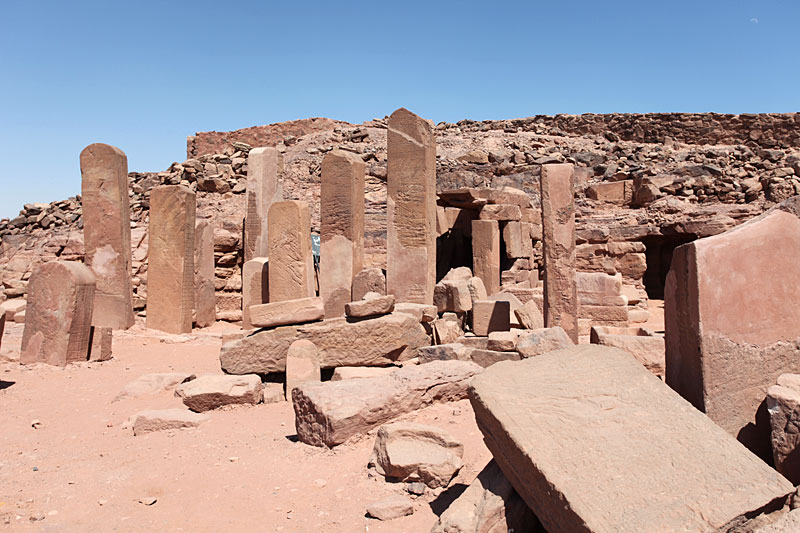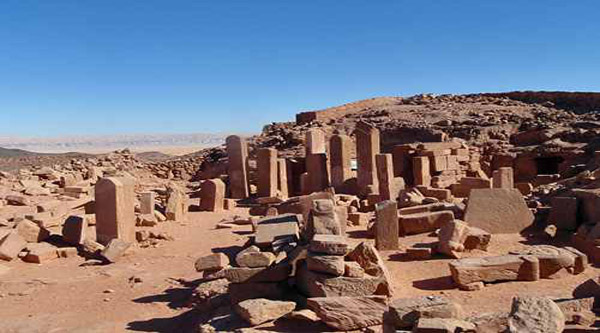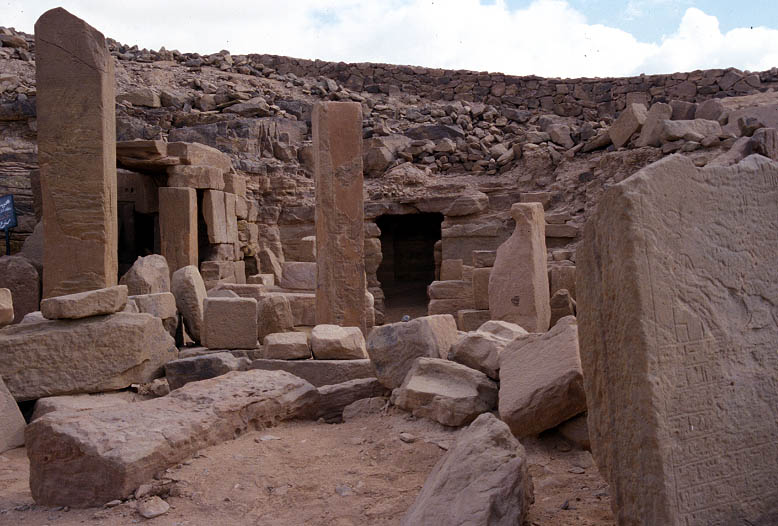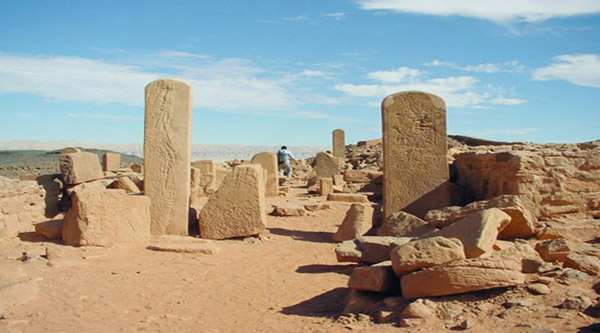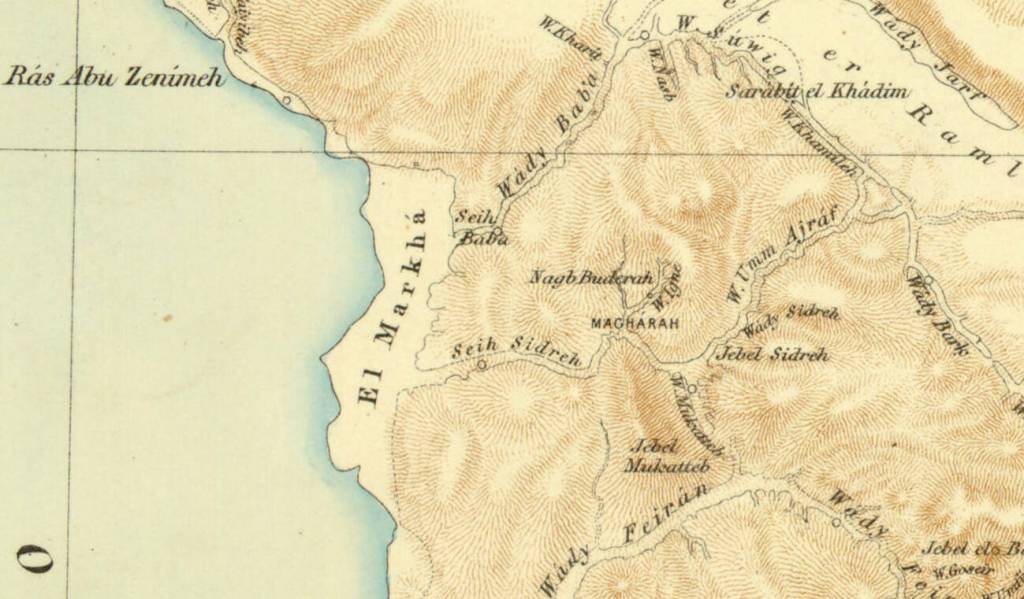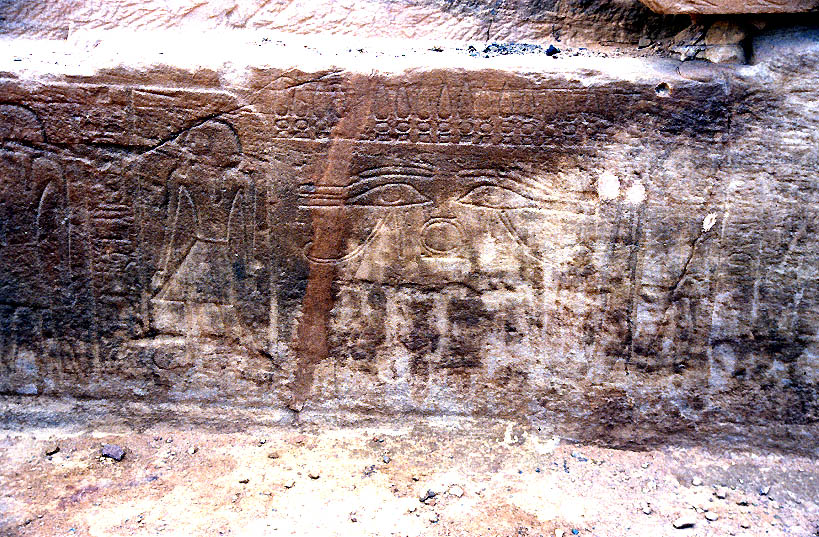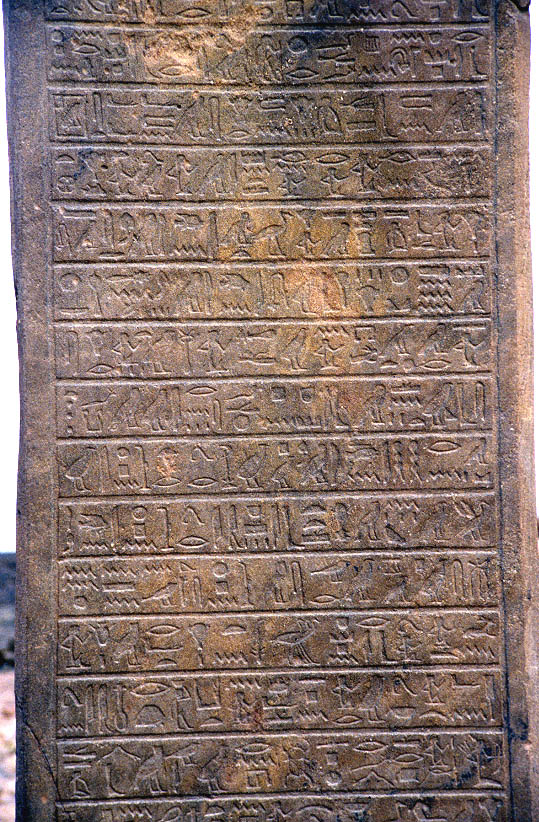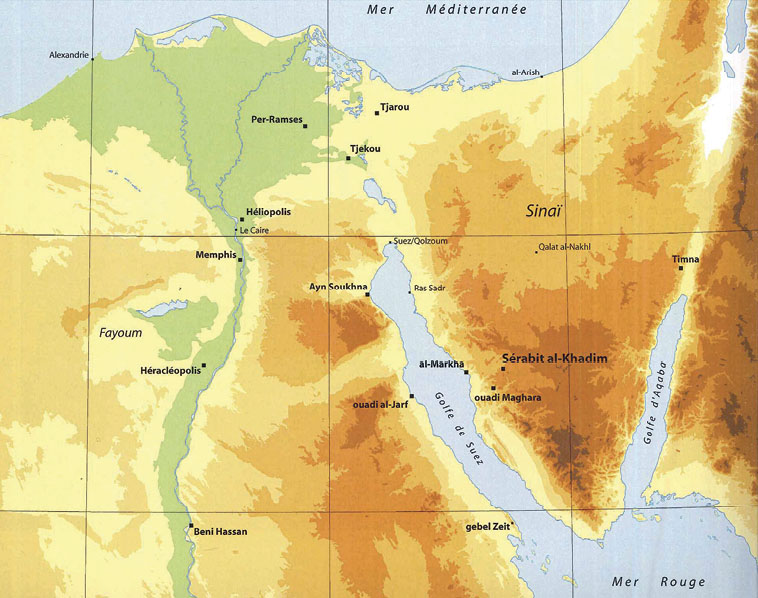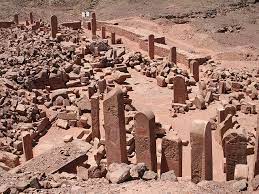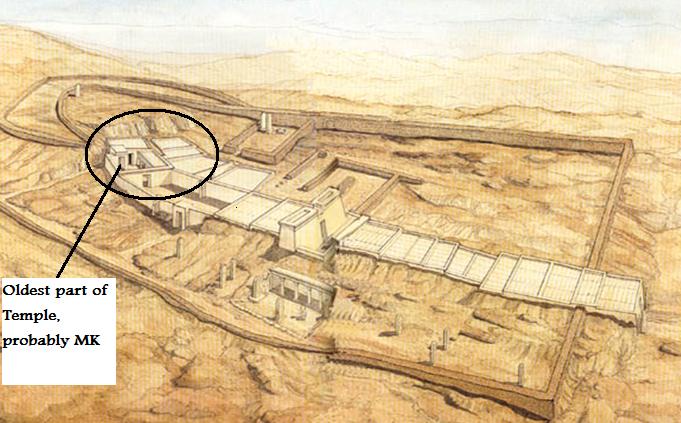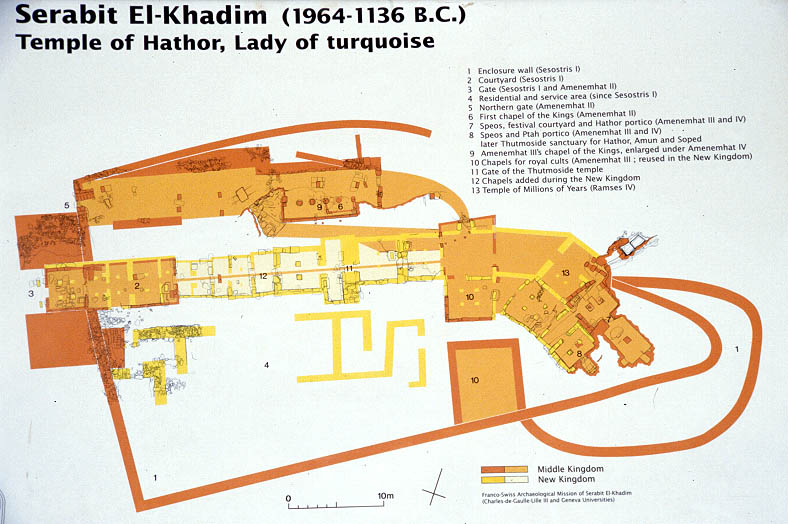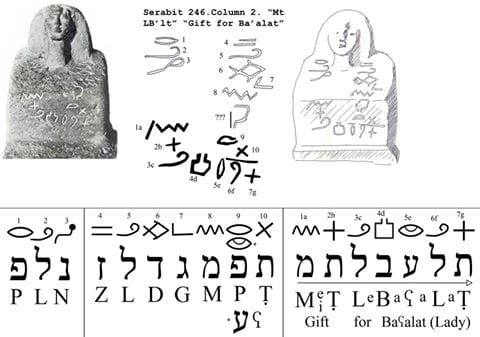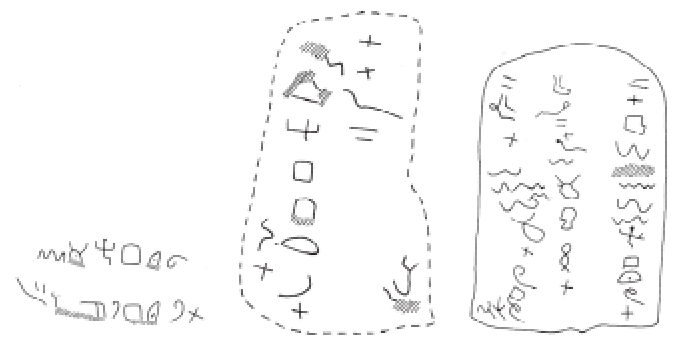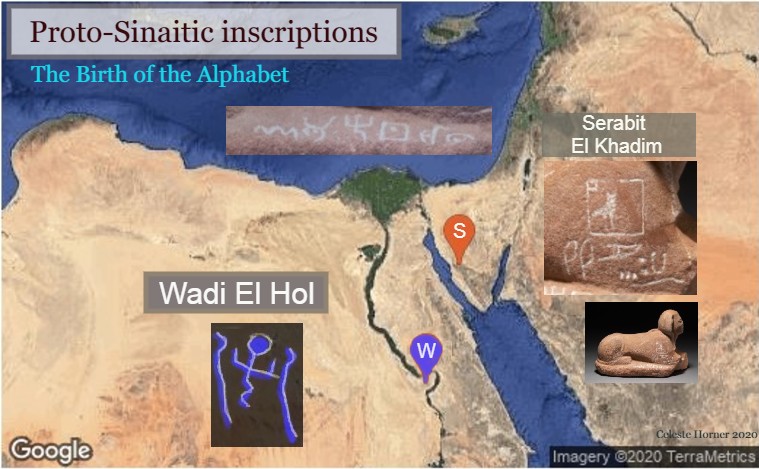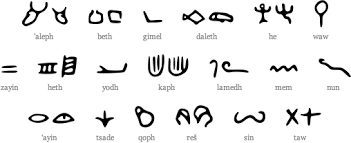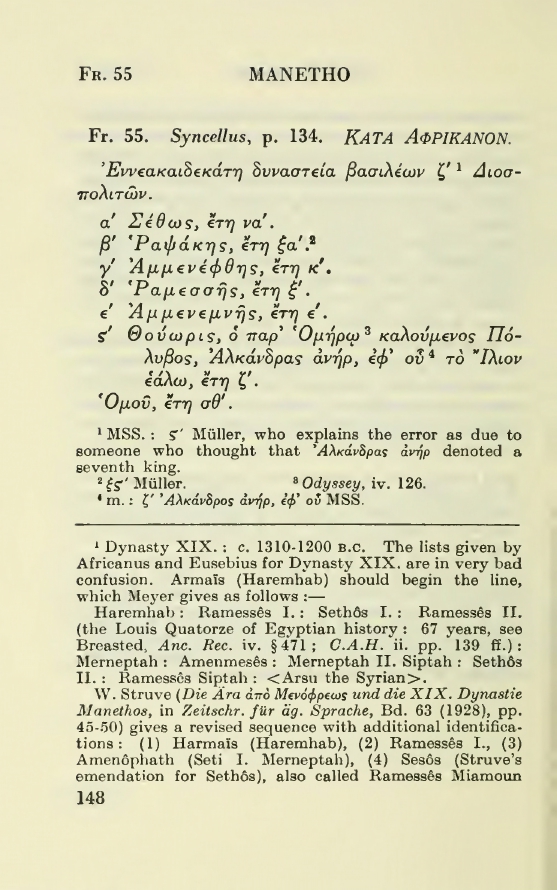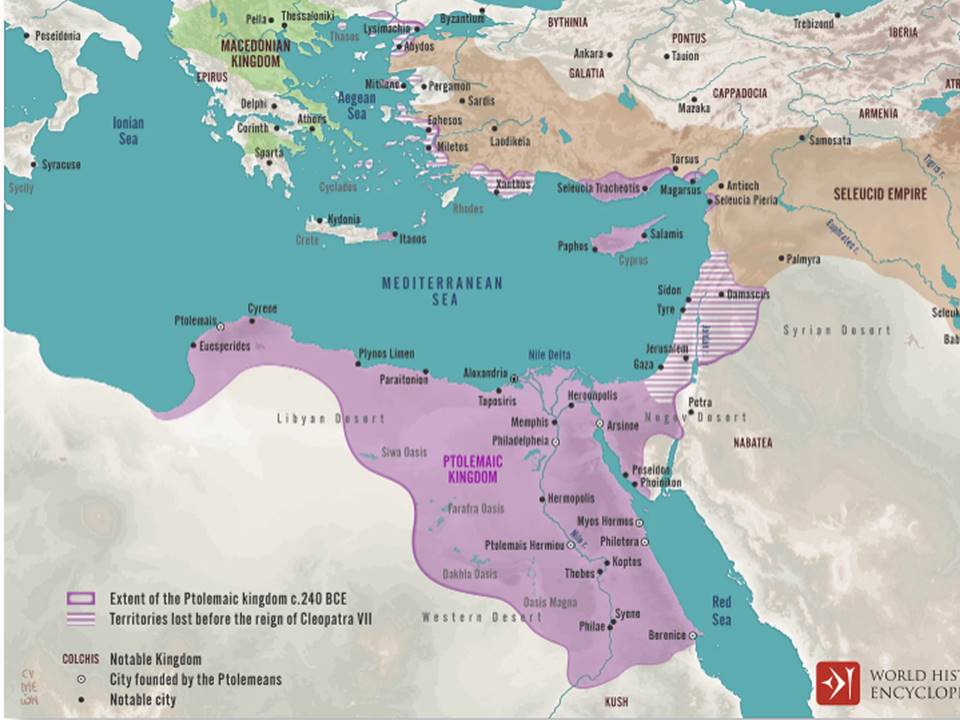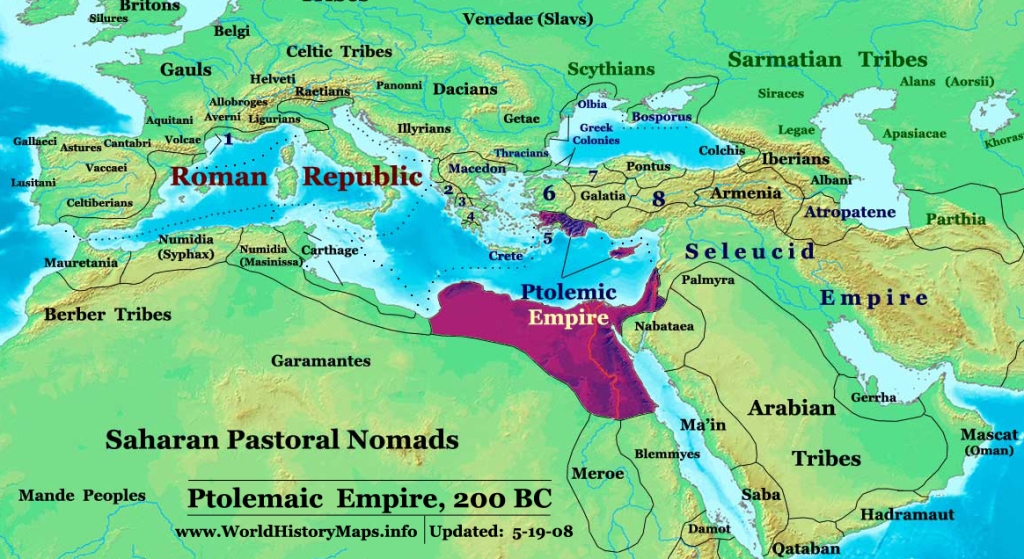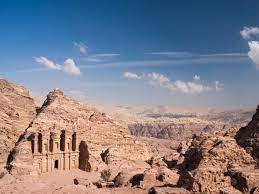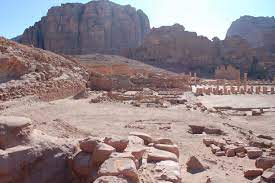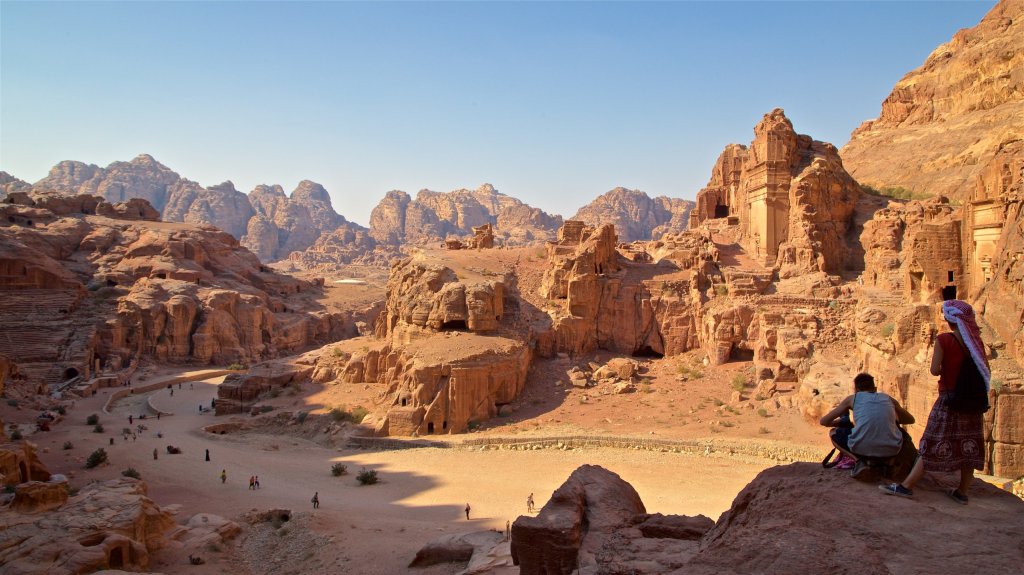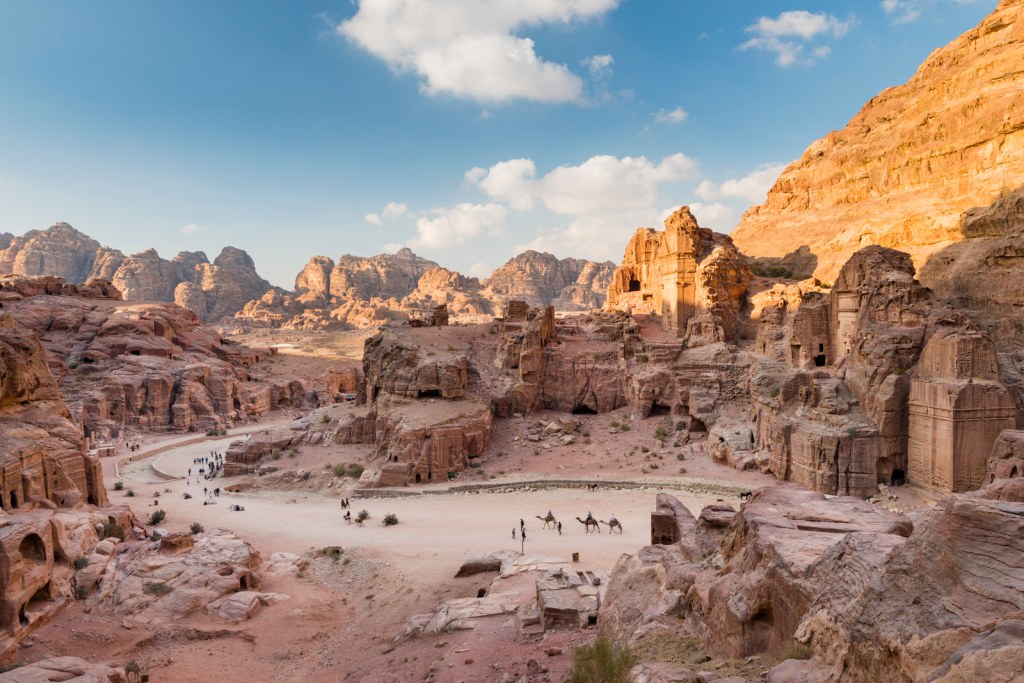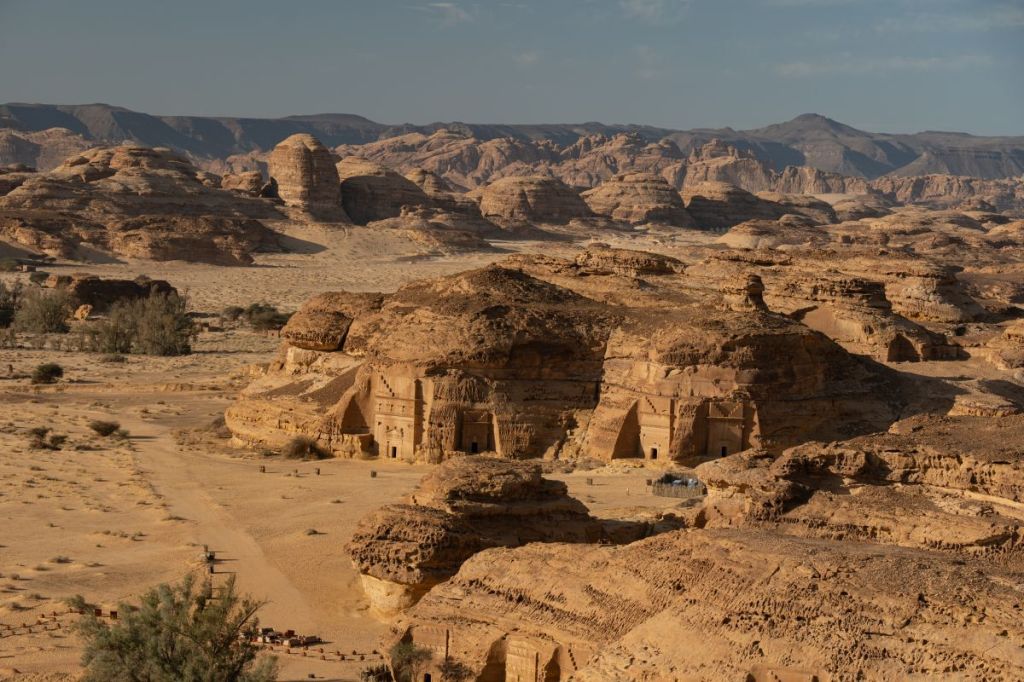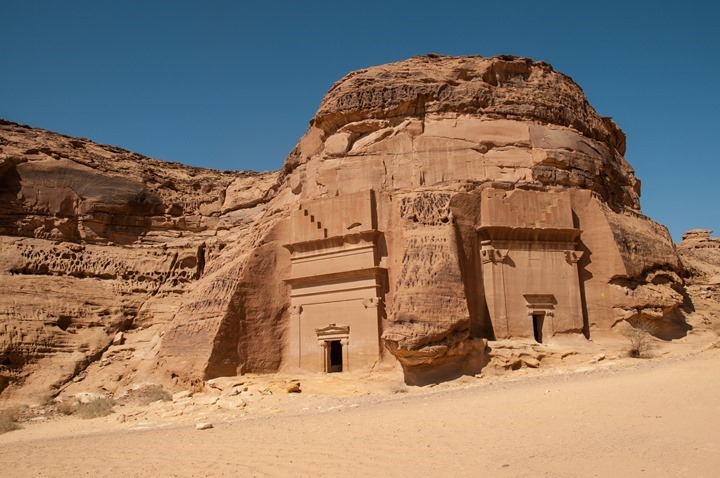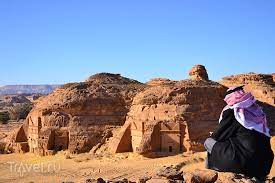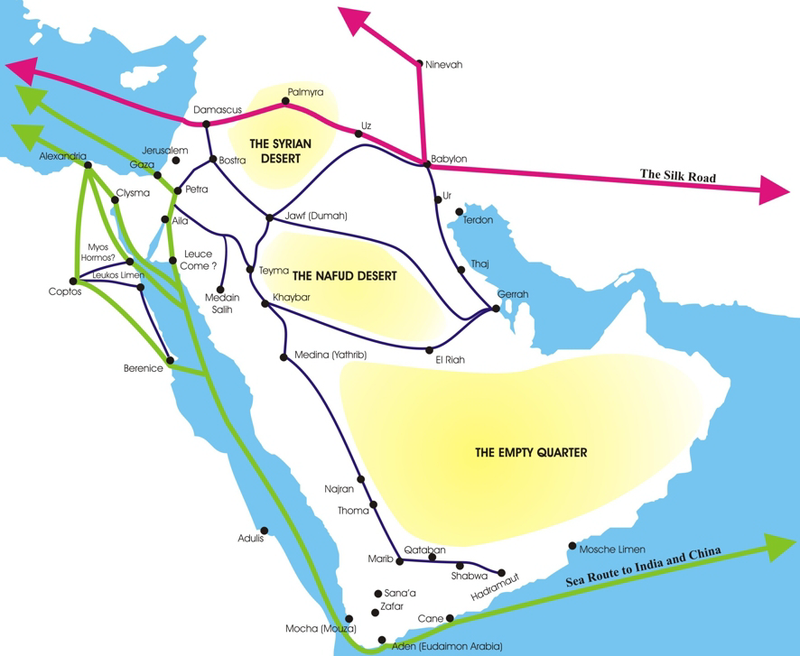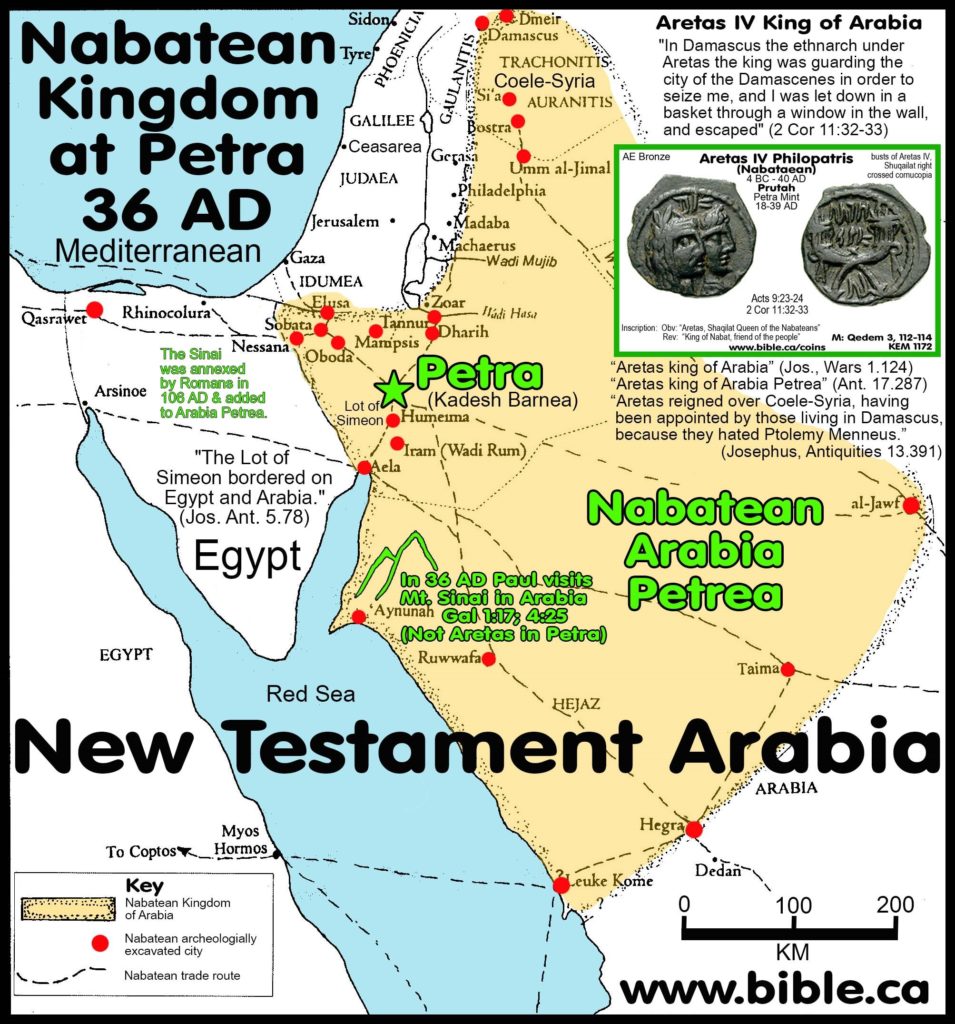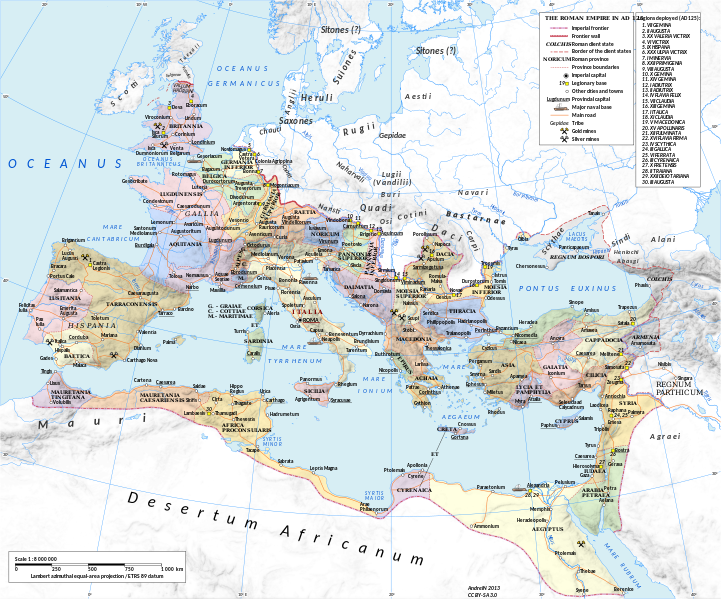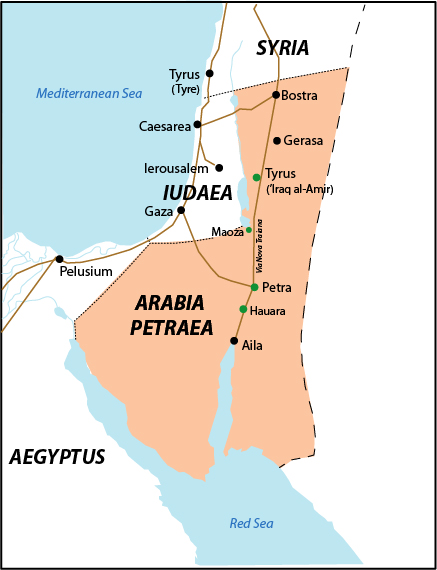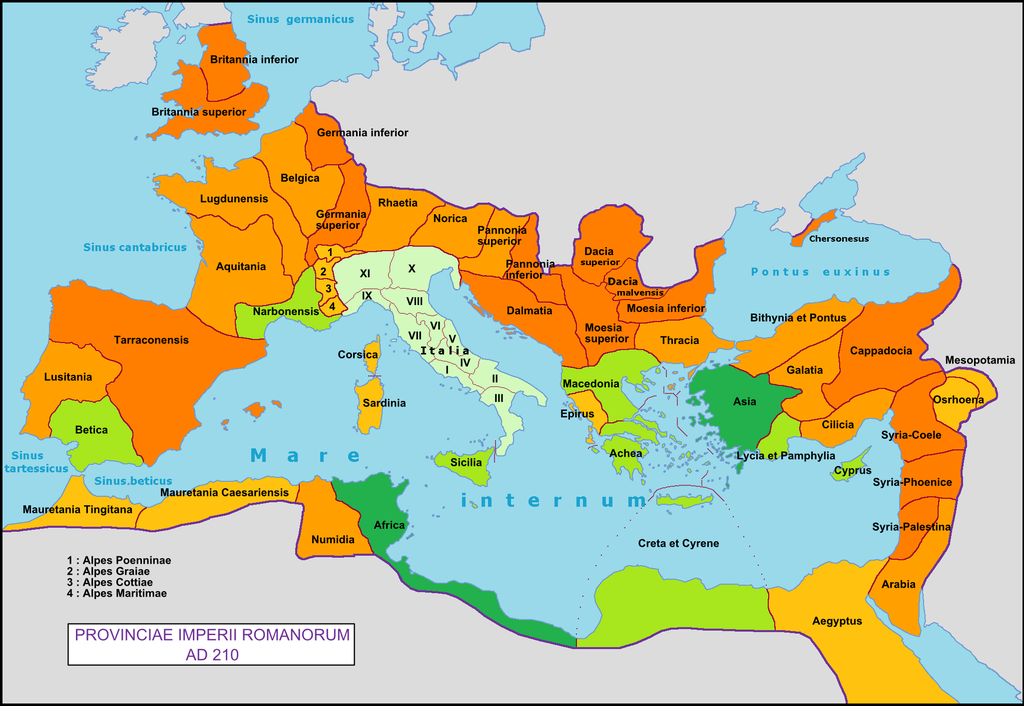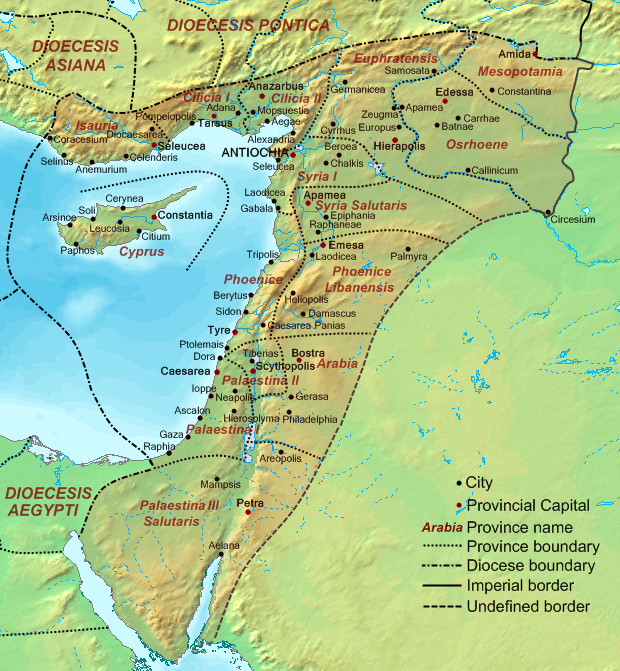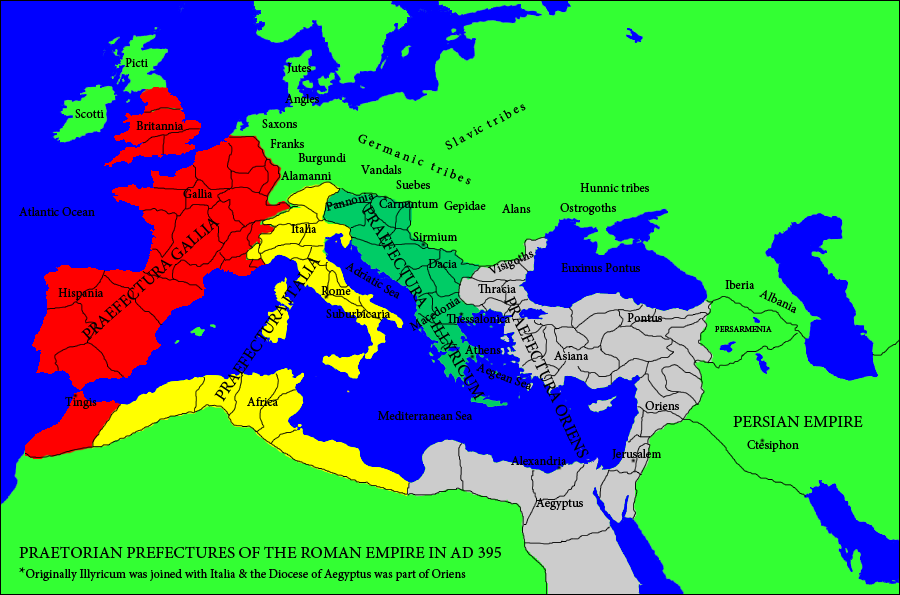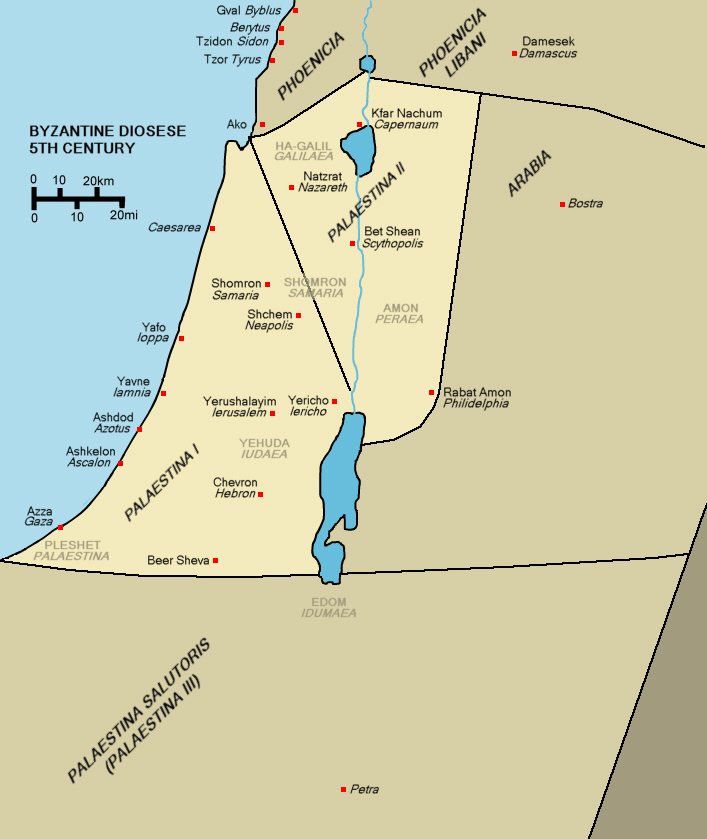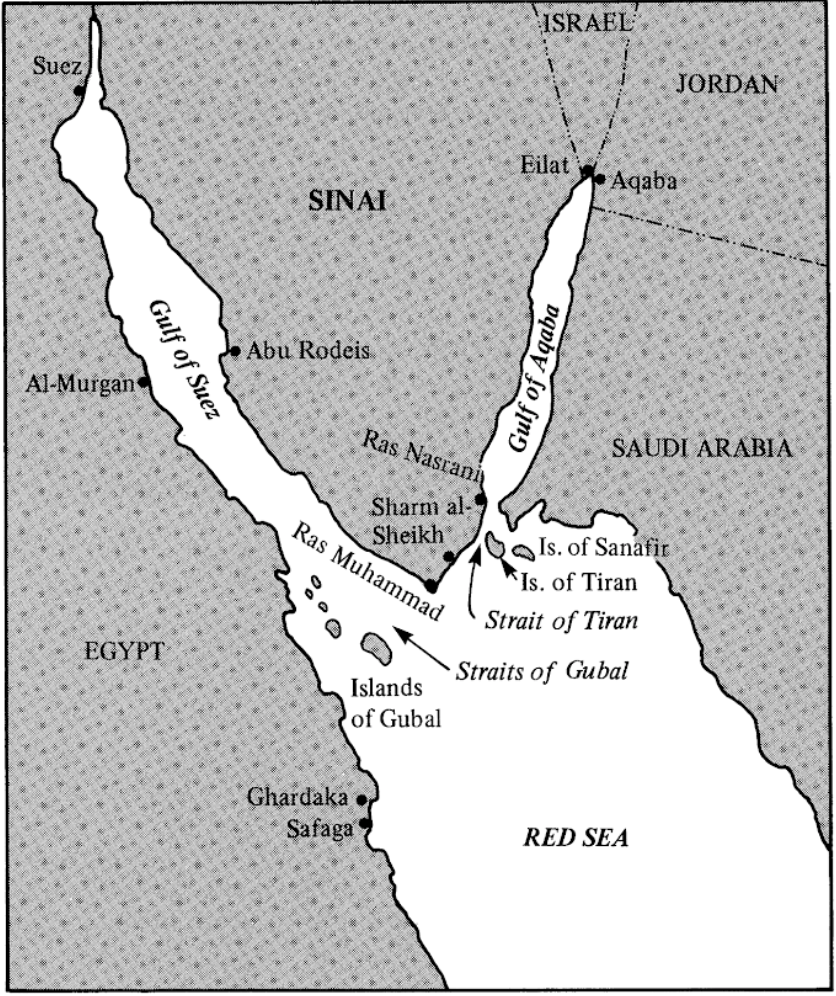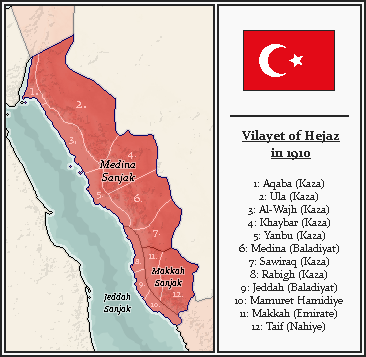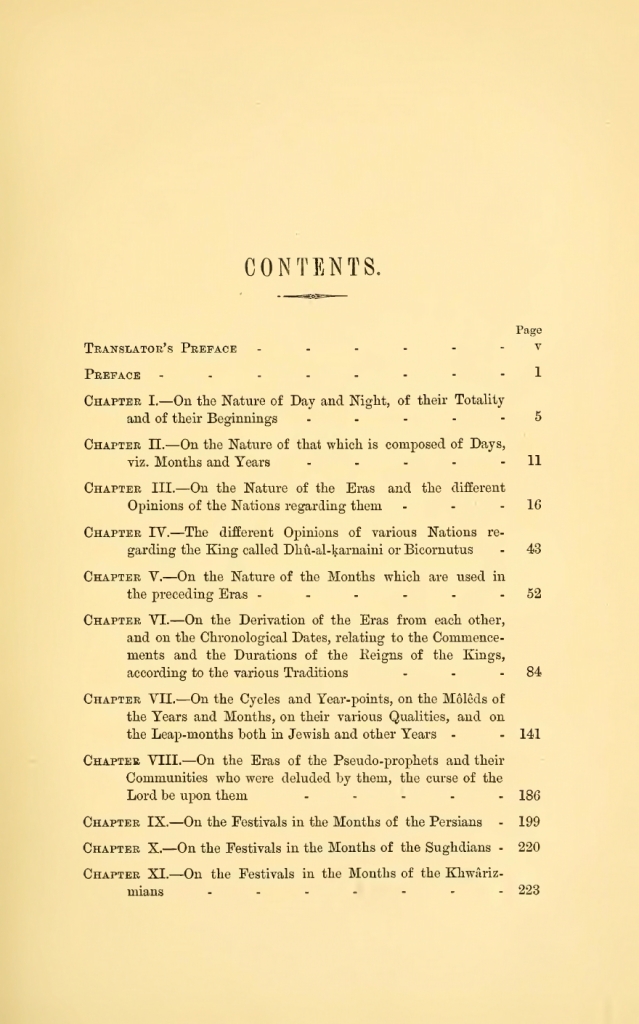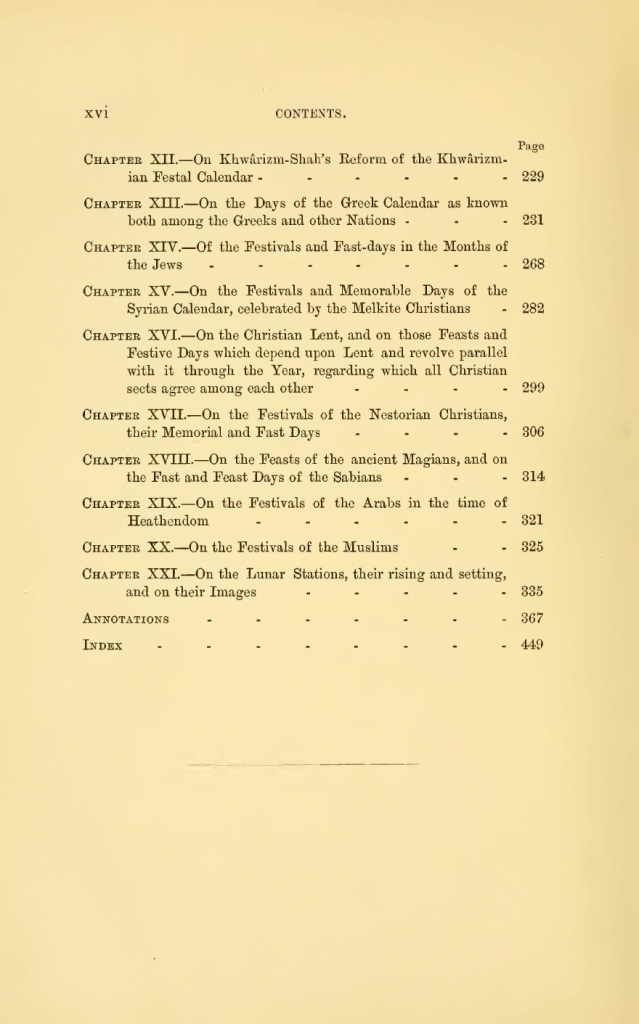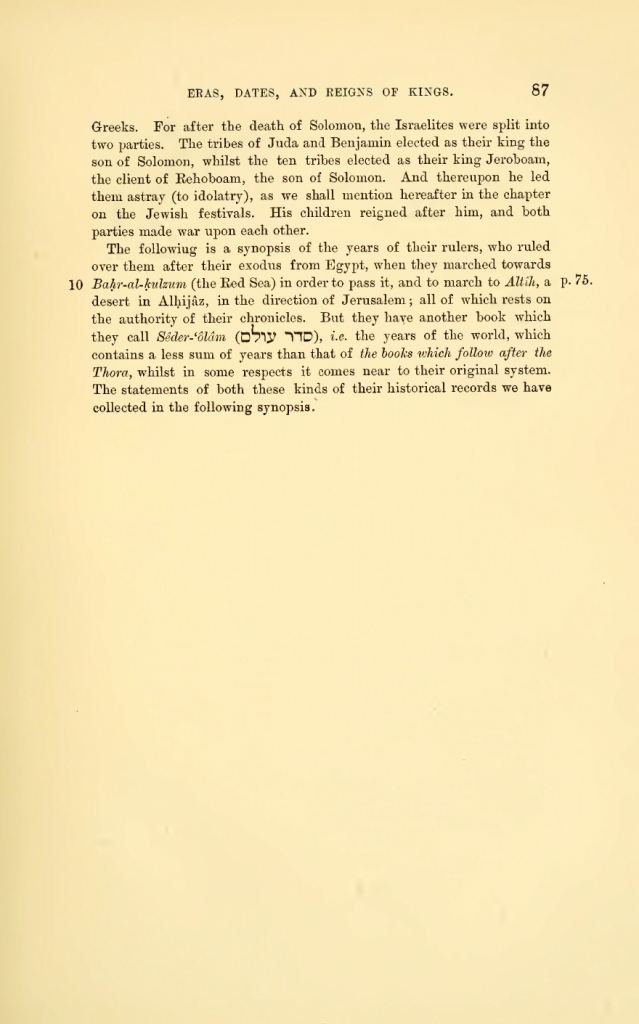Response to Ayelet Gilboa’s Letter about Hamas in Israel
Проблема Израиля – это Запад, а не ХАМАС!
Ответ на письмо Айелет Гильбоа о ХАМАС в Израиле
When I first read Ayelet Gilboa’s letter, I was shocked to the extent that I initially thought that it was eventually written by an Israeli woman with the same personal and family names as the well-known archaeologist whose publications about Tel Dor (Tell el Burj in Arabic) and several other topics pertaining to the Archaeology of Palestine draw only positive comments and praise. But no! It was the famous excavator and professor!

UN Palestine Partition Plan 1947
The brief text (1300-1400 words) is not only a personal outburst of emotions that anyone can understand and certainly expect from everyone who happened to be exposed to such an adversity and iniquity; beyond that level, which was perhaps the main motive behind this unusual text, the Letter involved historical, sociological, religious-theological, educational, political, and geopolitical notions, considerations and suggestions that are the main reason of my present reaction and response.
Содержание
Введение
I. Огромный образовательный разрыв между израильтянами и палестинцами
II. Не существует нации без надлежащего национального строительства и национальной истории.
III. Колониальная ловушка была приготовлена евреям перед возвращением (Алия)
IV. Помощь палестинцам стать полноценной нацией с национальной историей — лучшая линия защиты еврейского государства.
V. Либо еврейские востоковеды убьют колониальный «арабский» миф, освободив все окружающие народы, либо вы все будете уничтожены.
VI. Западная колониальная фабрикация «арабов», несуществующей нации
VII. Намереваясь вернуться евреями, вы прибыли жителями Запада.
Дальнейший поиск в Интернете
Contents
Introduction
I. The enormous educational divide between the Israelis and the Palestinians
II. There is no nation without proper nation-building and National History
III. The colonial trap was prepared for the Jews before the return (Aliyah)
IV. Helping Palestinians become a proper nation with a National History is the best line of defense for the Jewish state
V. Either Jewish Orientalists kill the colonial ‘Arab’ myth, liberating all the surrounding nations, or you will all be annihilated
VI. The Western colonial fabrication of ‘Arabs’, a nonexistent nation
VII. Intending to return as Jews, you arrived as Westerners
Further online search
Introduction
Of course, if Prof. Ayelet Gilboa were a mathematician, an economist or a chemist, I would not be surprised; but her field of specialization, her knowledge of History, and her comprehension of field findings are -all- related to fights, battles, sudden attacks, and deaths. I still remember the noticeable sentence from the famous Anitta Text (the Deeds of Anitta of Kuššara), the earliest text written in an Indo-European language (i.e. Hittite): “one rainy night, Anitta conquered the city” (said about Neša or Kanesh, namely Caesarea of Cappadocia, today’s Kayseri). This is what History has always been: unexpected and unforeseen developments, involving killings and assassinations, destructions and detrimental loss.
A historian and an archaeologist are by definition the people who have to anticipate anything anytime anywhere and under any circumstances whatsoever; otherwise their life quests, interests, explorations and studies are worthless. Beyond this level, several key issues matter greatly and absolutely determine the chances of nations to survive or disintegrate: identity, integrity, cultural heritage, state conceptualization, foe identification, threat contextualization, etc.
Undeniably, there are many other also serious dimensions in this problem, like the perception of the other, the treatment of the other, and the attitude toward the other; if the ‘other’ is your enemy, you can certainly study the case in depth and eventually terminate this mutually disastrous attitude. But if a state’s attitude incessantly generates enemies, that state, however formidable at the military level, will never become viable. It is like killing Hamas military leaders; in real, historical terms, it is not a victory but a failure. Why? Because, quite unfortunately, the Israeli army turns them to Russian Matryoshka dolls! They kill one fighter, but another fighter prompts up! It is futile.
Last, but not the least, all historians and all archaeologists know that there is no ‘problem’ that lasts for 75 years; it is imperative to understand this. There are wars that lasted hundreds of years (Assyrians against Babylonians, Seleucids against Ptolemies, Romans against Iranians, etc.), but the wars were not ‘problems’. Wars are the most common normalcy of human life. It is up to a society and up to a state to decide whether they will live in war or in peace; but there is no peace with a problem that lasts 75 years. This is either a lie or a misperception; in this case, the state is clearly manipulated, managed and maneuvered without its choosing. Then, all the lies and the forgeries, the misperceptions and the fallacies must be unveiled and dealt with, if we want to make it sure that the state is not a product with expiry date.

Papyrus with the text of Wenamun
Following the 7th October terrorist attacks, all the constituent myths of Israel as a Jewish state must be questioned in depth; I use the term ‘constituent’, because I don’t want to be confused with the famous book of Zeev Sternhell. That is why I decided to publicly respond to Prof. Ayelet Gilboa’s Letter.
-Open Letter Response to Prof. Ayelet Gilboa’s ‘Hamas in Israel’-
Dear Prof. Gilboa,
It is with great consternation that I read your Letter; this is so because I had already gone through some of your excellent papers and publications about Tel Dor, notably about ‘Dor and Egypt in the early Iron Age: An archaeological perspective of (part of) the Wenamun report’.
As I have published a book with extensive introduction, comments and the only Modern Greek translation of Wenamun (1992), I found your research very useful and quite enlightening; although I studied Egyptology in France, England, Belgium and Germany, the adventures of Wenamun is a narrative that always reminds me of Jerusalem and Mount Scopus University where I studied precisely this story with Prof. Sarah Israelit Groll back in 1984. She made a wonderful analysis of the famous 11th c. BCE account of travel, and I included many of my notes in my book, which I also dedicated to her. In addition, I had very fruitful conversations with Prof. Hayim Tadmor at the time.


The Greek edition of Wenamun, edited and commented by me; Athens, 1992
My sojourn in Israel at a time no Intifada had started was an enriching period during which I did not only visit archaeological sites and museums but I also observed and studied social, cultural, economic and political trends and situation. I later pursued my researches in Iraq, Iran and elsewhere, but my conclusion about the ensued consequences of the UN Palestine Partition Plan (1947) and the then only 37-year long Palestinian Problem was very somber and dark. It was clear to my eyes that disastrous events would follow and the whole situation would erupt very badly.

Sarah Israelit Groll
I. The enormous educational divide between the Israelis and the Palestinians
It is perhaps necessary to brief you about my observations back at those days, because the same situation persisted in the period of 39 years that have passed since those days. I will start from education because I was astounded with what I observed and you already mention in your Letter three words related to ‘education’. Although Orientalist, Egyptological, Assyriological, etc. seminars and courses in European universities customarily had an international attendance and in spite of the fact that a large part of the local population was Palestinian, all the participants of the seminars of Sarah Israelit Groll were Israeli students; same for the courses of Hayim Tadmor! Not one Palestinian!
I am sure that as an Israeli academic, you understand what I am talking about. The bizarre situation would end in disaster. In Egypt, there are Egyptian Egyptologists, in Iraq there are Iraqi Assyriologists, but Palestinians do not have specialists in the different branches of Orientalism. In fact, there is no National History of Palestine at the level of the Palestinian universities and, even more catastrophically, for the primary and secondary schools. If this is truly disastrous for the Palestinians, it is absolutely calamitous for Israelis. Deracinated people are expendable stuff for all evasive connivers, and by this I don’t mean the state of Israel but the real enemies of both nations. I did not develop a comprehensive understanding of the subject when in Israel; I only collected pieces of data.
However, ten years later (1994), while teaching in Turkish and Northern Cypriot universities, I realized the depth and the extent of the problem; my Palestinian students were very happy with me speaking about their land, the locations and the monuments, but they were absolutely stupefied when I started speaking about the Peleset and their origin, the Sea Peoples and their invasions, let alone the inscriptions on the walls of Ramesses III’s mortuary temple at Medinet Habu. Among my students, there were Palestinians from the West Bank, Gaza, Jordan, Kuwait, Saudi Arabia, and Egypt; none of them knew about the Ark of the Covenant having been captured by the Philistines, none of them had heard anything about the Aramaean Synagogue of Dura Europos (and the frescoes transported in the National Museum of Damascus), the Samaritans, and Palestinian Aramaic.

Ramesses III’s mortuary temple at Medinet Habu, Luxor West

Ramesses III fights the Sea Peoples
The First Intifada had ended and the Oslo Accords were signed (Oslo I Accord), but I kept having a doomster’s idea about the future of that land, not because many among my Palestinian students did not trust the agreement, but on account of their ignorance of their own historical past and heritage, and of that of their presumed enemies, i.e. the Israelis. When I spoke to them about Flavius Josephus and his story concerning the encounter of Alexander the Great with the priest Jaddua in Jerusalem, my Palestinian students immediately asked me whether the Macedonian invader of Iran met with any Palestinian magistrate.
I believe that you can guess that my response astounded them even more; I referred to Eusebius of Caesarea and to his friendship with Constantine the Great. When they heard that the greatest historian of Early Christianity was a Palestinian, they were shocked and proud at the same time. Useless to add that their knowledge about the History of the Islamic World was next to nothing; they knew Ibn Hajar al Asqalani only as a name. The same is valid for Al Biruni, Tabari, Al Farabi, and many others.

Al Biruni, ‘Chronology of the Ancient Nations’
This is the beginning of the problem; as long as this situation persists, all the fights, all the security measures, all the reprisals, and -unfortunately- all the agreements will be futile or superfluous. Have a look at Birzeit University portal! There is Palestinian Archaeology, but the History of Palestinians starts with the arrival of Islam – which is a colonial lie. As you certainly know quite well, the fundamental texts with which their History starts are the Egyptian hieroglyphic inscriptions of Ramesses III and the cuneiform Assyrian Babylonian texts of the 1st millennium BCE (mainly the Annals of the Neo-Assyrian Emperors).
II. There is no nation without proper nation-building and National History
For the Palestinians to reach the average nation level with their National History, it would therefore take an entire nation-building effort involving several Palestinian specialists, historians and writers, who would first write down a National History of Palestine. This was done in Kemal Ataturk’s Turkey, in Iran, and in several other countries, notably Tajikistan, Uzbekistan, Kazakhstan, Armenia, Azerbaijan and Georgia. As I have lived in many countries in Asia and Africa, I can eventually postulate a plausible response to the above statement; the serious problem that the Palestinians currently face occurs also in Tunisia, Algeria, Egypt, Sudan, etc. That’s true; in their primary and secondary education, there is no proper, coherent, and effective presentation of their respective past and heritage.
What is even worse with all those bogus-systems of education of the aforementioned fake states is that, in the historical manuals for the primary and secondary education, there is not even proportional presentation of all the historical stages of their past and heritage; it is absolutely ludicrous that in the schools of Egypt, pupils learn about Akhenaten, Tutankhamun, Ramesses II, and Ramesses III, only to be forced to move thence straight to the Islamic times.
Today’s disastrously ignorant and perversely educated Egyptians know
– nothing about the rivalry of the 25th Cushitic (: Sudanese, called ‘Ethiopian’) dynasty with the Berbers (called ‘Libyans’) of the 26th dynasty,
– nothing about the Achaemenid Iranian invasion and rule of Egypt (let alone the famous Darius I the Great’s inscription and the re-opening of the Suez Canal),
– nothing about the Ptolemies and the Romans,
– nothing about the diffusion of Isiac cults and spirituality throughout Greece, Rome, the Roman Empire, and the rest of Europe,
– nothing about the Periplus of the Red (‘Erythraean’) Sea,
– nothing about Philo of Alexandria, Onias IV and his temple, the clashes between the Jews and the Greeks of Alexandria, the Gnostics and the Nag Hammadi texts, Hermes Trismegistus, and the Manichaeans of Alexandria, who constituted for Diocletian a danger greater than the Christians, and many other glorious pages of the Egyptian past.
I could expand more, but I am sure that you understand quite well what I mean. But then, you don’t just have a ‘Palestinian’ problem but also an ‘Egyptian’ problem, and similarly many other problems that you as a society, as well as your present and all the previous governments, failed to even identify, let alone deal with. You did not understand that not one properly and nationally educated citizen would possibly become a terrorist. All these sick and rotten postcolonial societies are made of fake people without national identity, without any sense of their role in the History of Mankind, and without any elementary knowledge about the true History of Islam.
They therefore automatically become expendable stuff in the hands of various local and international crooks, gangsters, and pseudo-Muslim sheikhs who totally misrepresent the Islamic religion, tradition, integrity and history. Then, this is a purely colonial affair in which you and they are taken as hostages of the criminal Western European powers (France and England), and of their successor (after 1956), namely the US.

The Stela of Shaluf, issued by Darius I on the occasion of the re-opening of the Suez Canal – totally unknown to the average Egyptians
III. The colonial trap was prepared for the Jews before the return (Aliyah)
The abysmal truth is that the Western Europeans and the Americans, who always smile to you in order to exterminate you, did not send you back to your ancestral land but to the world’s worst trap that they had prepared accordingly ever since Napoleon set foot in Abuqir, west of Alexandria, back in July 1798. They deliberately produced this educational, academic, intellectual, academic, scientific, socio-behavioral and cultural backwardism and obscurantism throughout the lands that they colonized in the wider region in order to duly utilize the local populations at will.
When the Zionist movement came up with the idea of the ‘return’, it was already too late. You certainly went through the excellent book by Donald Malcolm Reid “Whose Pharaohs?” (University of California Press, 2002); this is a must for every Orientalist, Africanist and political scientist. Amongst others, the book reveals to the non-specialist reader something that is very well known to all Egyptologists: only 100 years after the decipherment of the Egyptian Hieroglyphic writing by Jean-François Champollion was an Egyptian Egyptologist properly formed at last.

This colonial attitude, behavior and environment corresponded to the interests of the French, the English and the Americans, but as you know quite well, they did not live in Algeria, Egypt or Syria; they effectuated brief or long sojourns there. If suddenly things turned worse, they could go back home. Even the Pied-Noirs left in 1962 in a rather anodyne form. But for you this situation can become lethal. You therefore truly need to open your eyes now!
You are not surrounded by Muslims; your ancestors were in the Ottoman Empire, in Mamluk Egypt, in Umayyad Cordoba, and in Abbasid Baghdad. And they lived in peace with the Muslims at the time. Maimonides left Cordoba and lived in Morocco, Palestine and Egypt, but he did not go to France or England. Quite unfortunately, you do not live at the time of Moshe ben Maimon, and your neighbors are not true Muslims but misfortunate people who, after a long period of cultural-intellectual-spiritual decadence and social decay, were defaced because of the colonial rule, impaired by the Orientalists, and fooled by uneducated political stooges, idiotic military officers, and ignorant pseudo-imams. Your neighbors constitute merely a well-produced expendable stuff. You can call them robots, cyborgs or humanoids, if you like, because they are fully programmed to react according to the needs of their colonial masters. They are totally deprived of proper education, nation-building, national dignity, historical identity, and cultural integrity.
So, can’t you see how futile it is to attempt to kill all the fighters and the leaders of Hamas? You will kill 100000 (a hundred thousand) people only to realize that the next Hamas shift will start – eventually under another name, but does this really matter? Will the next shift be made by Palestinians, Jordanians, Egyptians, Algerians, Iraqis or Pakistanis? Would you really care about this? There will always be some expendable stuff to be used by your true enemies, who really enjoy the spectacle from far. Your enemies do not dwell in Ariha (Jericho), Khalil (Hebron), Jenin or Nablus; they live in London, Paris, Brussels, Amsterdam, Dublin, Rome, Canberra, Ottawa, and Washington D.C.
IV. Helping Palestinians become a proper nation with a National History is the best line of defense for the Jewish state
So, it was your fault to move to a place that you had not properly studied and to live in your country, having an absolute disregard of the ‘others’; you should have cared about what had been done to the Palestinians, the Syrians, the Lebanese, and the rest. And it was the fault of your ancestors, who did not notice that the name ‘Lebanon’ is a bad joke, that the country north of your borders is Phoenicia, and that its historical name should by all means be its true national name. In fact, Syriac-Aramaic is the only true national language of Lebanon, and as long as it is not proclaimed as such, the fake state of Lebanon will be a special factory that produces expendable stuff.
You were not the victims of the colonial powers until 1948; but by relocating and living among the highly victimized people of Palestine, by having as neighbors the disastrously deluded people of Lebanon (Phoenicia), Syria-Mesopotamia (Aram-Nahrain), Egypt (Kemet or Masr), and Libya-Tunisia-Algeria-Morocco (Berberia), and by failing to rescue them from their colonial engulfment first for your own sake, you became victims of the colonial powers too.
You may say that the Palestinians back in the 1890s and the 1920s did not show an interest for their pre-Islamic past and heritage; but this is a non-response! Similarly, the Egyptians back in the 1750s and the 1810s did not have an inclination to explore their pre-Islamic heritage, history and identity. It should therefore be your own true concern to explain to the Palestinians that no nation exists without historical identity and cultural integrity. And I don’t speak for the 1950s or the 1990s but the 1920s and the 1930s, because I know that you are fully aware of the progress that the Orientalist studies and disciplines made at those days.
Over more than a century, you had the chance to contemplate and examine how you would live in peace, concord and cooperation with your neighbors in Palestine and all the surrounding lands, but you failed to find the path; quite contrarily, you truly disregarded them all in exactly the same colonial manner that the gangsters of England, France and America have dealt with the indigenous populations that they colonized.
The very disastrous result was that you wanted to return to the ‘Promised Land’ as Jews, but you arrived as non-Jewish Westerners. The entire problem exploded when in 1969 the then Israeli Prime Minister Golda Meir in an interview with Frank Giles (The Sunday Times) made the paranoid statement that “there was no such thing as Palestinians”. In real terms, the absurd sentence was more lethal than Hamas attack because it forced you to disregard all the Palestinians, to act in your ancestral land as colonial aliens, and to push the undeniably ancient nation of Palestinians to the most extreme forms of resistance, reaction and retaliation.
The problem had already existed for more than two decades before Golda Meir’s disastrous maxim; its earlier form encompassed also the nonsensical appellation ‘Israeli Arabs’ for the Palestinians who stayed within the territory of Israel after the 1948 war, thus becoming Israeli citizens. In fact, there are no Arabs at all! This was the colonial invention that plunged the entire region between the Atlantic and Pakistan in chaos, ignorance, obscurantism and hatred.


Peleset/Palestinians and other Sea Peoples as depicted on the walls of Medinet Habu mortuary temple of Ramesses III, more than 3150 years before Golda Meir’s absurd words
V. Either Jewish Orientalists kill the colonial ‘Arab’ myth, liberating all the surrounding nations, or you will all be annihilated
Actually, there were no Turks, no Iranians, no Uzbeks, no Kazakhs, no Somalis, no Yemenites and no Indians prior to the colonial arrival in all those vast lands. The concept of ‘nation’ in the Eastern Roman Empire, in the Islamic Caliphates, and in the Ottoman, Safavid and Mughal Empires was very different, and the connotation of this word involved totally different worldview and world conceptualization. As you know quite well, this fact goes back in time and it does indeed concern the Achaemenid Empire of Iran and even earlier universal(-ist) states.
However, if the modern concept of nation had to be diffused from the African Atlas to Oman and from North Mesopotamia to Hadhramaut, the national identity at the local level would have to be based on the historical knowledge, the archaeological record, the philological documentation, and the interdisciplinary interpretation of the data. The cultural integrity of a nation does not encapsulate any ideological indoctrination or a theological approach but popular religion, folklore and traditions that may eventually antedate the arrival of the latest prevailing religion.
Not a drop of Arab blood can be found in the veins of all the various nations of the wider region; similarly not a vestige of Arab culture can be attested among them.
The Libyans, the Tunisians, the Algerians, the Moroccans and the Mauritanians are all ethnically Berbers.

The Egyptians are ethnically Copts — except for few Berbers in the NW, the Nubians in the South, and the Beja in the SE.
The Sudanese belong to many nations, either Cushitic (like the Beja, the Furi, and the Arabic-speaking people of the central provinces) or Nilo-Saharan {like the Nubians, the Nuba, and the Berta, who also live in the Benishangul province of Abyssinia (Fake Ethiopia)}.
The Yemenites and the Omanis are the descendants of the Ancient Yemenites and Ancient Omanis, who were ethnically Semitic but not Arab. Ancient Yemenite inscriptions have been deciphered thanks to the Ancient Abyssinian writing and language (Ge’ez), which is entirely Yemenite of origin (and this shows that the Amhara and the Tigray are not Africans, but Yemenites who crossed the Red Sea and settled initially around Massawa). As you know, during the last 100 years before Islam, there were several bilingual inscriptions Sabaean and Arabic, Himyaritic and Arabic, and this shows that the idea that the Yemenites are Arabs is entirely wrong. Simply, they were linguistically Arabized because they accepted Islam; but this fact did not turn them to Arabs, pretty much like the African Americans are not Anglo-Saxons.
Last, the Syrians, the Iraqis, the Lebanese, the Jordanians, the Palestinians, the Arabic-speaking populations of SE Turkey and SW Iran, the Kuwaitis, the Qataris, and the Emiratis are Aramaeans (Semitic like the Phoenicians, the Hebrews, the Assyrians and the Babylonians, the Canaanites, and the Yemenites, but not Arab).
In this wide region, the Aramaeans were linguistically Arabized because they accepted Islam; but this fact did not turn them to Arabs.
VI. The Western colonial fabrication of ‘Arabs’, a nonexistent nation
In fact, «Arab Nation» has only been a fake Western colonial Orientalist construction to which the Western scholars attributed any repugnant trait they wanted in order to make it as disgusting as possible. It was an ahistorical, illusory description and an intentional, fallacious fabrication; its use was double.
First, the concept was gradually projected onto all the colonized populations of Algeria, Egypt, Aden, Tunisia, Sudan, Morocco, Libya, etc. ‘Arabization’ campaigns were undertaken for this purpose; but as you surely understand very well, you can ‘Arabize’ only the non-Arab.
Second, colonial lies in extraordinary multitude started being propagated at home (in Western Europe and North America) as early as the beginning of the 19th c. about the Berbers, who were falsely depicted as «Arab», i.e. the fallacious construction that I have just mentioned. Europeans and Americans started then having a very wrong idea about the Berbers.
Locally, in their colonies, the French authorities did the exactly opposite work: through their stooges, they forced the Berbers to stop being culturally Berber and to become something similar to the caricature of Arab that the colonial Orientalists had constructed. For this spiritual genocide to be done the criminal French colonials killed as many Berbers as they needed; they prohibited pre-Islamic Berber popular traditions and sacred festivals in order to tyrannically turn the existent Berbers into something nonexistent: «Arabs»; they did their best to uproot Berber language and to extinguish Berber identity.
This is the trickery that all the silly political leaders, cruel military officers, fake academics, servile journalists, and ignorant pseudo-sheikhs from Morocco to Oman and from Syria to Yemen failed to detect, let alone understand; but before 250 years, not one man among their ancestors would identify himself as ‘Arab’. Yet, the elites of the colonized nations fell into the trap that the Western colonials prepared for them, thus causing enduring disastrous conditions for their respective peoples.
– What is an «Arab»?
– The lawless villain, the filthiest rascal, the most execrable felon!
This is the Western response.
But this concept is unreal; it does not exist.
It is the delusional fabrication of the Orientalists.
Have a look at Delacroix’s Sardanapalus, and you will grasp the extent of the extreme fallacy!
In fact, after Prophet Muhammad, historical Arabs ceased to exist; by accepting Islam, they were culturally Aramaized and totally de-Arabized. All the same, 18th-19th c. European colonials fabricated them and, by tyrannically projecting them onto Berbers, Copts, Aramaeans, Cushites and Yemenites, they carried out multiple spiritual genocides. This claim is not extraordinary because, in the process, the criminal Western colonials exterminated the Berber, the Coptic, the Cushitic Sudanese, the Yemenite, the Aramaean cultural integrity, tradition and superiority which so much disturbed the Europeans and their evildoing.

Tadmor-Palmyra, a high place of Aramaean heritage
Ethnically viewed
Ethnically speaking, historical Arabs do not exist either. They progressively vanished after they spread outside the Arabian Peninsula because they settled in different lands and there they intermingled with Aramaeans, Iranians, Turanians, Indians, Yemenites, Copts, Sudanese Cushites, Somali Cushites, Berbers and even Iberians (Spain and Portugal). From another viewpoint, the Arabs became ethnically extinct because many Muslims from various parts of the Islamic World used to relocate and settle in the Hejaz in numerous waves, thus extensively amalgamating with the local Arabs who remained in their ancestral land. This process took place uninterruptedly for no less than 1400 years.
Linguistically viewed
Linguistically, Arabic is a dead language — just like Assyrian-Babylonian cuneiform, Egyptian hieroglyphics, Ancient Phoenician, and Biblical Hebrew. This is easy to understand because the so-called ‘Arab-natives’ (a totally fallacious term) cannot fluently read the texts written by a major author of the Golden Era of Islam, namely Al Farabi, Al Biruni, Ibn Sina, etc.
Classical Arabic was developed as language on the basis of Quranic Arabic and incorporated numerous Aramaic, Farsi, Coptic and other words during the Golden Era of Islamic Civilization. But none of these languages is the mother tongue of any person today. The mixed dialects that prevail from place to place cannot become the proper national language of a sound nation. The so-called Modern Standard Arabic ( الفصحى) is an alien Orientalist construction and standardization, which apparently failed to support proper education in any country it was used.
Quite contrarily, Berber, Coptic, Afaan Oromo, Mahri Yemenite, and Syriac Aramaic have the historicity and the cultural interconnectivity with the historical heritage of the respective nations and can therefore become the true national languages of those targeted and deliberately divided nations. But then, this great perspective would calamitously damage the interests of France and England; this would be inevitably so, because -to offer an example- the entire North Africa from Siwa to Nouakchott would automatically become an enormous Hamitic Berber confederate secular state the size of Brazil (Libya, Tunisia, Algeria, Morocco, Western Sahara, Mauritania, Chad, Niger and Mali) with all the chances to become a major power worldwide.
Modern Standard Arabic, imposed by the colonial powers, was then the lethally divisive factor, which triggered educational-academic obscurantism, socio-economic misery, unnecessary political divisions, endless fratricidal conflicts, incredible bloodshed, unprecedented oppression (from the part of the Pan-Arabist idiots) and strong chances for an Islamist drift (and this is what we observed at last).
Culturally viewed
Last, culturally, the Arabs disappeared when they accepted Islam (610-632 CE) in the form in which it was preached by Prophet Muhammad, because in real historical terms, the process of Islamization of the Arabs (acceptance of the ‘new’ faith by them) is tantamount to cultural Aramaization. They abandoned the old Arab idolatrous, nomadic and barbaric culture, and they accepted Aramaean culture with a religion that was slightly different from Aramaean Nestorian Christianity. For this reason, the early caliphates were consolidated in Syria and Mesopotamia, whereas Hejaz remained a marginal zone throughout the Islamic times.
And that’s why the History of Early Islam has been so much distorted in Western universities where they teach a false, extremist (and quite often Arabized) version of History only to show that the execrable traits of this fictitious «Arab» concept involve razzias (raids), thefts, rapes, conquests, killings, massacres, atrocities, unrestrained rage, uncouth behavior, womanizing, homosexuality, pedophilia, and all the other hideous acts that you can imagine. In fact, properly fabricated in the darkness of the Orientalist ateliers, 19th c. Pan-Arabism and Pan-Islamism are communicating vessels.
As long as Berber, Coptic, and Syriac Aramaic do not become respectively the official national languages in all these states, with Mahri in Yemen, Dhofari in Oman, Beja in Eastern Sudan, Furi in Western Sudan, and Afaan Oromo in Central Sudan, all the useless and fake postcolonial states will be simple playthings pitilessly thrown against one another or multi-divided and ruined. Without having formerly been anti-Jewish, these colonized populations have intentionally and craftily been turned into the enemies of the Jews or of anyone whom the colonial powers intend to involve as per their evildoing and schemes.

Call to Prophethood; miniature from a folio manuscript of Hafiz-i Abru’s Majma’ al-Tavarikh (Compendium of Histories); 15th c.
Because you failed to identify the colonial deeds carried out locally and regionally, you arrived in the trap which was set there and you did not understand that Aliyah would automatically backfire on you, if you did not deploy an enormous academic, educational, intellectual, scientific and cultural effort to liberate all those different nations from the already implanted colonial myths that victimized them. Then, the ignorant sheikhs, who have no idea about the true, historical Islam, and the knowledgeable Israeli academics, who know much but fail to identify the vicious colonial plots of England, France and Vatican, are equivalently and unequivocally driven to mutual calamity, terminal destruction, and undeserved ruination. Can’t you see that?
All the diverse nations that surround you failed to find in you the true ally against the evil colonial powers that had already ruined them; and you failed to find in them your sole valuable partner and protector against the Western forces that mercilessly killed you in Europe and now want to exterminate you in Asia. The reciprocal error threatens you all; the indigenous nations were in a long decadence process, but you had a very crucial problem of identity: the right to the Promised Land, which has -as you know quite well- questionable historical credentials, is not relevant to Law, International Law, Politics, International Relations or Human Rights but exclusively to Religion, namely the Ancient Hebrew Religion and its surviving branch, i.e. Judaism.
VII. Intending to return as Jews, you arrived as Westerners
I don’t intend to reproduce here the vast literature that many modern rabbis like the deferential Rabbi Yaakov Shapiro have created, rejecting and condemning Zionism as an alien system that ‘hijacked’ Judaism (see below); but I am sure that you are well aware of their approaches, analyses and criticisms. There is however an undeniable fact; you, in your Letter, described yourself as “a sworn leftist activist”. The statement is the epicenter of your personal problem, and at the same time, it highlights aspects of the overall problem.
Dear Prof. Gilboa,
I am sorry, but there is no such thing as a ‘leftist Jew’; modern concepts are alien to all religions; the very paradoxical and totally unnatural marriage of Anglo-Saxon ‘politics’ and French ‘Lumières’ with local cultures and regional religions has caused diverse types of wars and conflicts which are entirely due to the monstrous essence of the Western system of governance that we call politics; the maladroit and rogue system is totally unsuitable to all, because it disregards, erodes and eradicates all local traditions, cultures, and popular religions.
Various types of systems of governance existed throughout Human History; in every land, governance reflected local traditions, world conceptualization, and moral values. The systems were different from but not opposite to one another; that’s why it was easy for Benjamin of Tudela, who was familiar with the tawa’if (taifas) of the Iberian Peninsula, to accept all the locally diverse types of rule and spend time peacefully in the lands that he visited in the second half of the 12th c. But in the colonized and therefore traumatized region where you intended to return in the first half of the 20th c., a terrible shock had occurred due to the overwhelmingly rejected, colonially/tyrannically enforced, Western intervention and brutal regime change that the disreputable Sykes-Picot trash had triggered.
There cannot be ‘Socialist Christian’, ‘Liberal Muslim’, ‘Leftist Jew’, ‘Extreme Right Hindu’ or ‘Conservative Buddhist’; Renaissance, Classicism, Enlightenment and the Western European – North American political system of governance prevailed in those lands as a local reaction against, and rejection of, the earlier normal, natural and historical systems of governance.
What is abnormal in its own place cannot possibly become the norm in another location!
But unfortunately many Jews, returning to the ‘Promised Land’ in the early 20th c., arrived there not as true Jews, but as real Westerners.
How can you not see the enormous difference that separates you from the Sephardic Jews who were invited to the Ottoman Empire in 1492 by Bayezid II?
They arrived as Jews, but you arrived as Westerners.
What do you think the fate of the expelled (from Spain) Jews would have been in 1492, had they arrived in the Ottoman Empire under the mask of a Crusader?

Göke was the flagship of Kemal Reis; before constructing the large ship (1495), he was dispatched (1492) from Istanbul to Spain in order to transport Andalusian Jews to Izmir (Smyrna) and Selanik (Salonica).
Certainly, pretty much like nowadays, the Jews who arrived in the Ottoman Empire in the first half of the 20th c. belonged to different branches of Judaism, movements and systems of faith; but the undeniable fact that many of them were Westernized fully jeopardized your chances of peacefully settling and living with the indigenous populations.
It was only normal for them to consider and perceive you negatively as an extension of Western colonialism or as a second stage of colonial enmity and hatred against both, the Christians and the Muslims of Palestine.
And you, by arriving as Westerners, only aggravated this feeling, whereas if you returned as real Jews, you would be accepted and befriended. As you certainly understand, it is not a matter of Holocaust, because I speak for the period prior to the early 1930s.
By being the least Jewish possible, you turned your potential friends and allies into enemies.
And by being the most Western possible, you served the most anti-Jewish plans in World History; those prepared by your worst enemies.
To further reference the historical past and heritage, I will formulate two questions that highlight the terrible mistakes of the 19th–20th c. Zionist movement, its wrong practices, false visions, and calamitous practices, fully presenting them as entirely detrimental to all the Jews. I do not mean that you should not ‘return’ or that you should move to another land – which was part of deliberations as you know quite well. Quite contrarily, I want to underscore the fact that, as it happens on many other occasions, what is important is not what you do, but how you do it.
How did you not realize (as early as 1882) that, for your Aliyah plan to be easily materialized, you needed the Ottoman Empire to remain intact within its borders so that, as a sizeable realm, it had no difficulty accommodating large newcoming populations?
Alternatively, and in the light of the emergence of Modern Turkey under Kemal Ataturk (1919-1923), how did you not realize that your Aliyah plan would be implemented with fewer obstacles only in the case of formation of a major secular confederate state named Aram Nahrain that would stretch throughout the wider region, involving the territories of today’s Israel and Palestine, Lebanon, Syria, Jordan, Iraq, Kuwait, the northern parts of Saudi Arabia, Qatar and the Emirates?
Such a sizeable, anti-colonial state would ipso facto be a multiethnic, multilingual and multicultural realm in which Syriac Aramaic would be the national language, Quranic Arabic would be the religious language of the Muslims, and the numerous indigenous ethno-religious groups would peacefully live, cooperate and prosper. Only this type of state would offer reciprocal knowledge, equitable chances, and emancipatory conditions of life to all the citizens. Although many Israeli academics and statesmen were worthwhile scholars and renowned intellectuals, there was none among them to think truly out-of-the-box and identify viable solutions for the problems that you faced.
Even now, the forces are there for you to reach out to and work with; but you must first remove the repugnant colonial mask which de-Judaized and westernized you, perceive the History of Judaism in its true, Oriental, dimensions, and finally prefer Nehardea to Rome, Iran to England, Russia to France, and China to America. As soon as you think, speak and act as a Westerner, you are overwhelmingly rejected, loathed and reviled – perhaps undeservedly, but so it is! You have to open your eyes and see!
Either you will die with your Western executioners who think they can survive by using you as expendable stuff or you will survive with your Oriental brethren who think that you want to survive at their expense!
For קֹהֶלֶת (Qohelet, Εκκλησιαστής, Ecclesiastes; 7:23-24) to be proven right, you need to prove them both wrong!
כָּל־זֹה נִסִּיתִי בַחָכְמָה אָמַרְתִּי אֶחְכָּמָה וְהִיא רְחוֹקָה מִמֶּנִּי רָחוֹק מַה־שֶּׁהָיָה וְעָמֹק עָמֹק מִי יִמְצָאֶנּוּ
Πάντα ταῦτα ἐπείρασα ἐν τῇ σοφίᾳ· εἶπα· σοφισθήσομαι, καὶ αὐτὴ ἐμακρύνθη ἀπ᾿ ἐμοῦ μακρὰν ὑπὲρ ὃ ἦν, καὶ βαθὺ βάθος, τίς εὑρήσει αὐτό;
Cuncta tentavi in sapientia. Dixi: Sapiens efficiar: et ipsa longius recessit a me multo magis quam erat, et alta profunditas; Quis inveniet eam?
All this I tested by wisdom and I said, “I am determined to be wise”— but this was beyond me. Whatever exists is far off and most profound— who can discover it?
Best regards,
Shamsaddin
——————————————
Further online search
General, introductory reading for non-specialist readership (references to Wikipedia links do not mean acceptance of the contents):
https://abcnews.go.com/Politics/netanyahu-abcs-muir-cease-fire-release-hostages/story?id=104661239
Benjamin Netanyahu discusses the Israel-Gaza conflict
https://en.wikipedia.org/wiki/Tel_Dor
https://cris.haifa.ac.il/en/persons/ayelet-gilboa/network/
http://dor.huji.ac.il/index.html
https://whitelevy.fas.harvard.edu/people/ayelet-gilboa
https://haifa.academia.edu/AyeletGiboa
https://www.academia.edu/108723535/Hamas_in_Israel_Letter_from_Ayelet
https://en.wikipedia.org/wiki/Anitta_(king)
https://libdigitalcollections.ku.edu.tr/digital/collection/GHC/id/13139/
https://en.wikipedia.org/wiki/Studien_zu_den_Bogazkoy-Texten
https://en.wikipedia.org/wiki/The_Founding_Myths_of_Israel
https://en.wikipedia.org/wiki/Zeev_Sternhell
https://www.academia.edu/49730654/Οι_Περιπέτειες_του_Ουεναμούν_The_Adventures_of_Wenamun
https://en.wikipedia.org/wiki/Intifada
https://en.wikipedia.org/wiki/First_Intifada
https://en.wikipedia.org/wiki/Second_Intifada
https://en.wikipedia.org/wiki/United_Nations_Partition_Plan_for_Palestine
https://en.wikipedia.org/wiki/Israeli%E2%80%93Palestinian_conflict
https://en.wikipedia.org/wiki/Sarah_Israelit_Groll
https://en.wikipedia.org/wiki/Hayim_Tadmor
https://en.wikipedia.org/wiki/Josephus
https://en.wikipedia.org/wiki/Jaddua
https://en.wikipedia.org/wiki/Eusebius
https://en.wikipedia.org/wiki/Caesarea_Maritima
https://en.wikipedia.org/wiki/Life_of_Constantine
https://en.wikipedia.org/wiki/Ibn_Hajar_al-Asqalani
https://melc.washington.edu/people/donald-m-reid
https://www.ucpress.edu/book/9780520240698/whose-pharaohs
https://en.wikipedia.org/wiki/Pied-Noir
https://en.wikipedia.org/wiki/Maimonides
https://en.wikipedia.org/wiki/There_was_no_such_thing_as_Palestinians
https://en.wikipedia.org/wiki/Arab_citizens_of_Israel#Terminology
https://en.wikipedia.org/wiki/Seif_el-Din_el-Zoubi
Has Zionism Hijacked Judaism. – Rabbi Yaakov Shapiro https://www.youtube.com/watch?v=NQ-tRrKeAfQ
https://en.wikipedia.org/wiki/Benjamin_of_Tudela
https://en.wikipedia.org/wiki/Taifa
www myjewishlearning.com/article/the-ottoman-empire/
https://www.jstor.org/stable/4328794
https://en.wikipedia.org/wiki/Alhambra_Decree
https://en.wikipedia.org/wiki/Bayezid_II#Jewish_and_Muslim_immigration
——————————————-
Download the article (text only) in PDF:
Download the article (with pictures and legends) in PDF:












